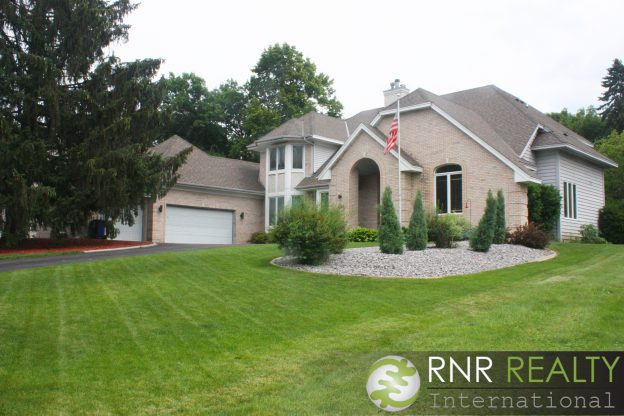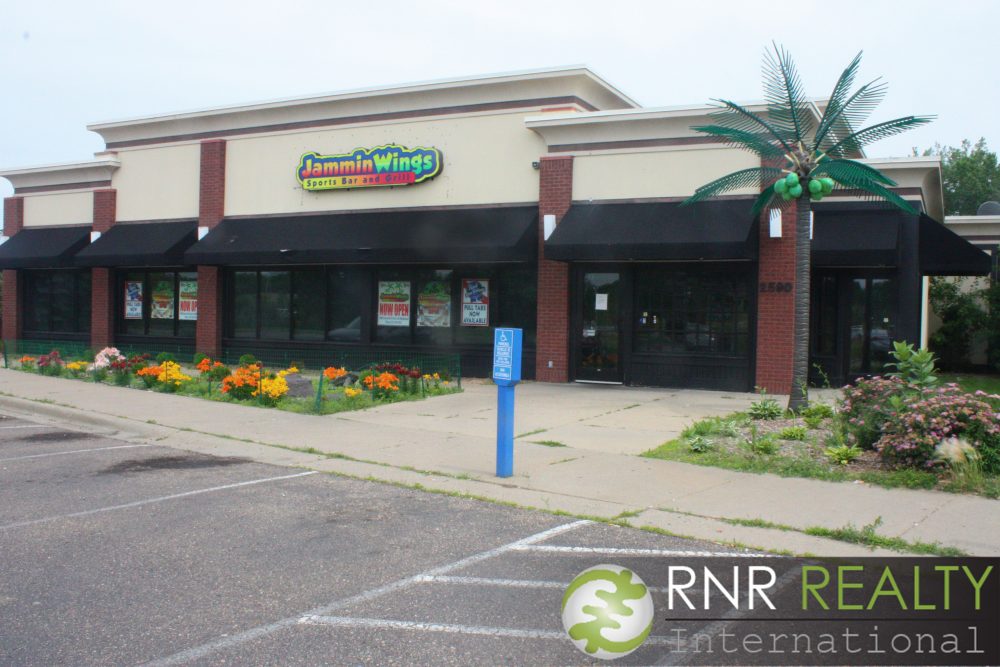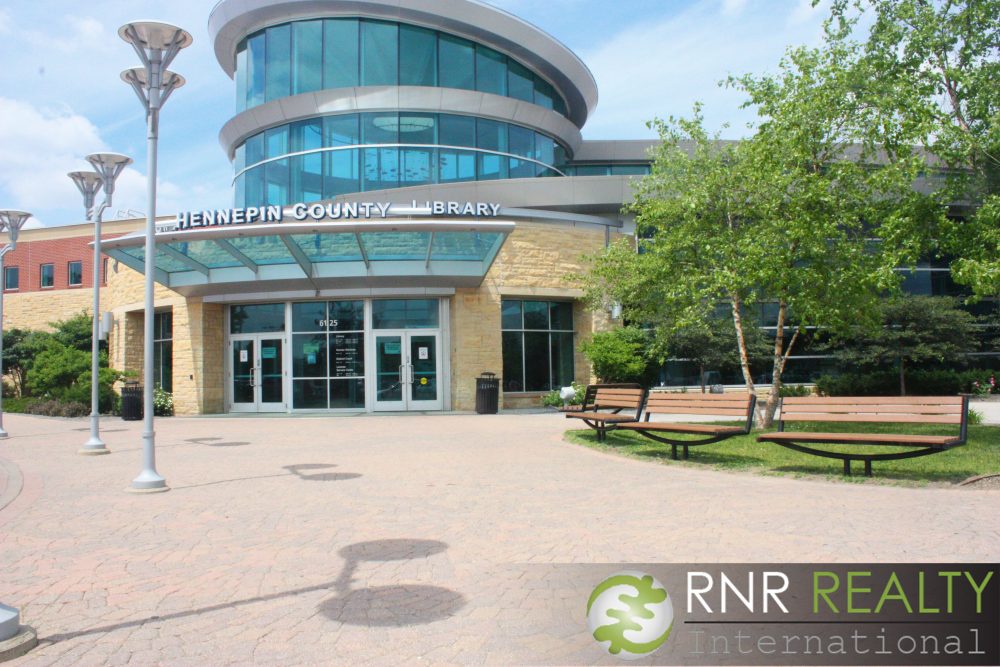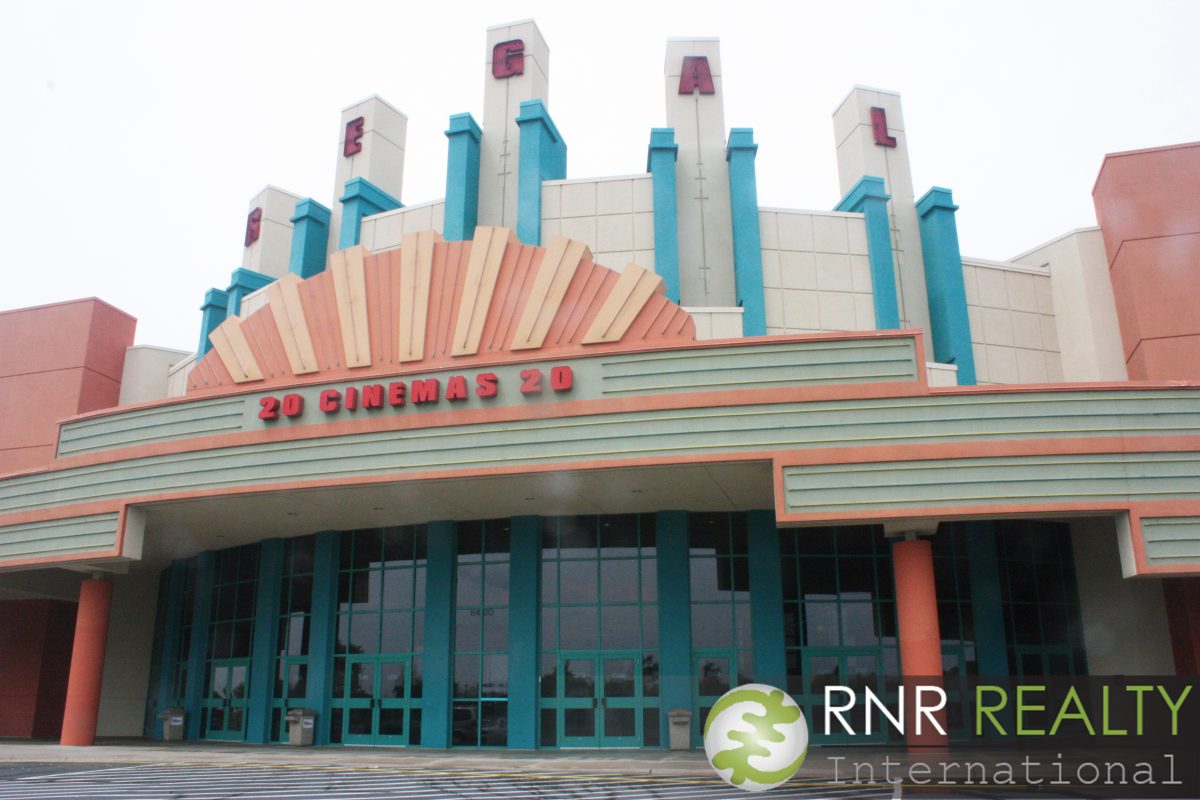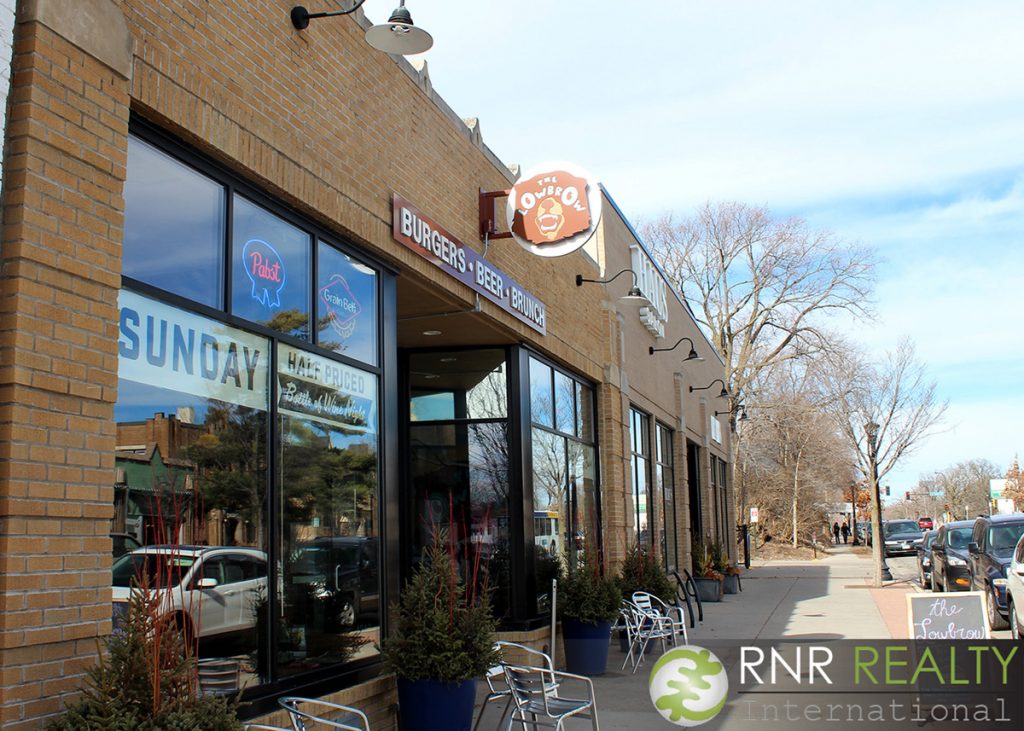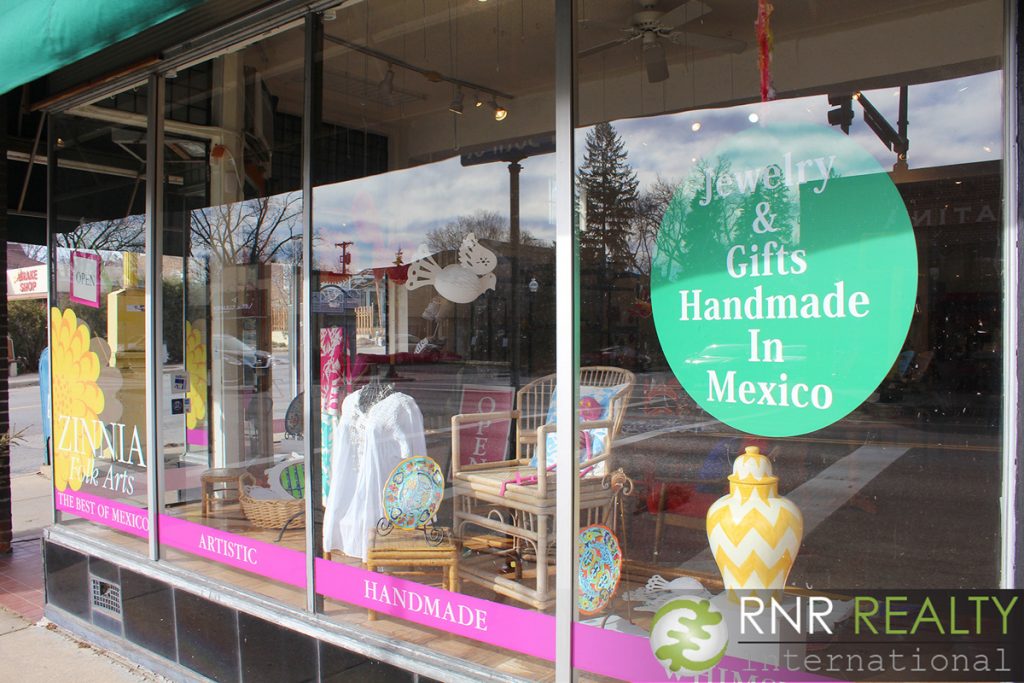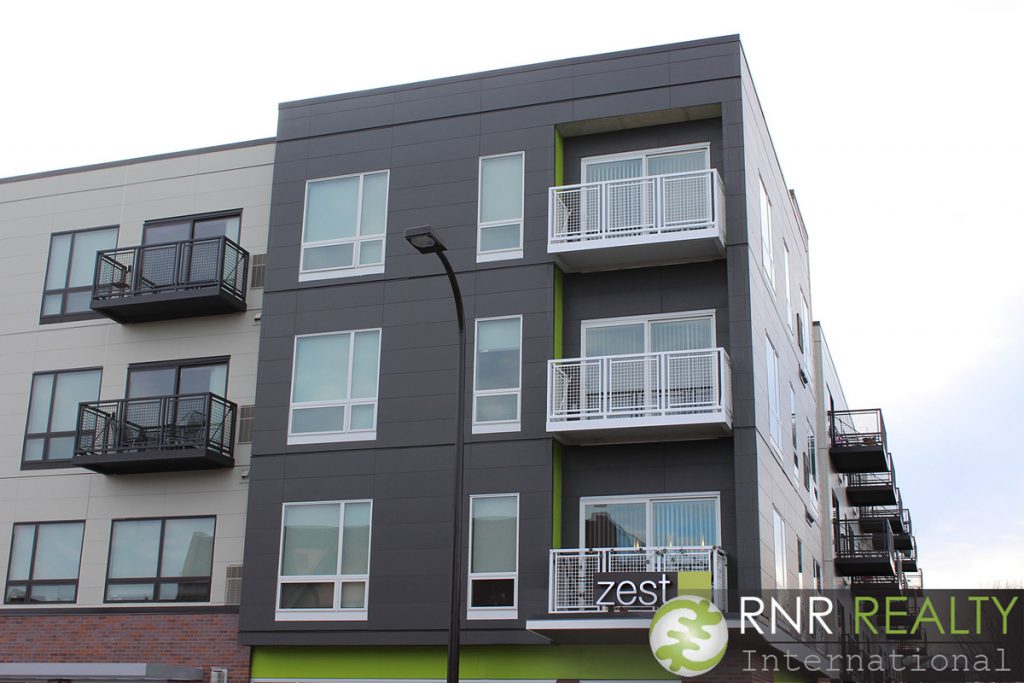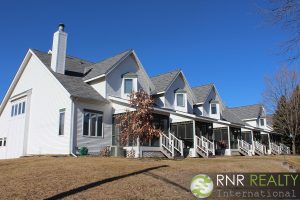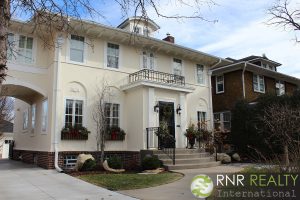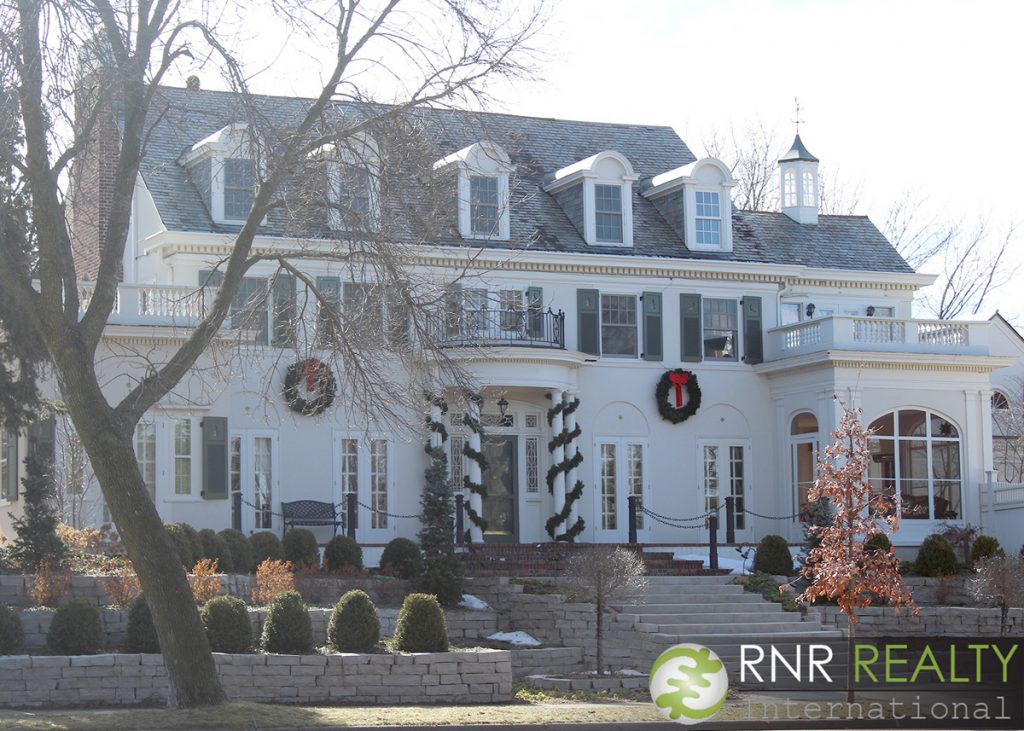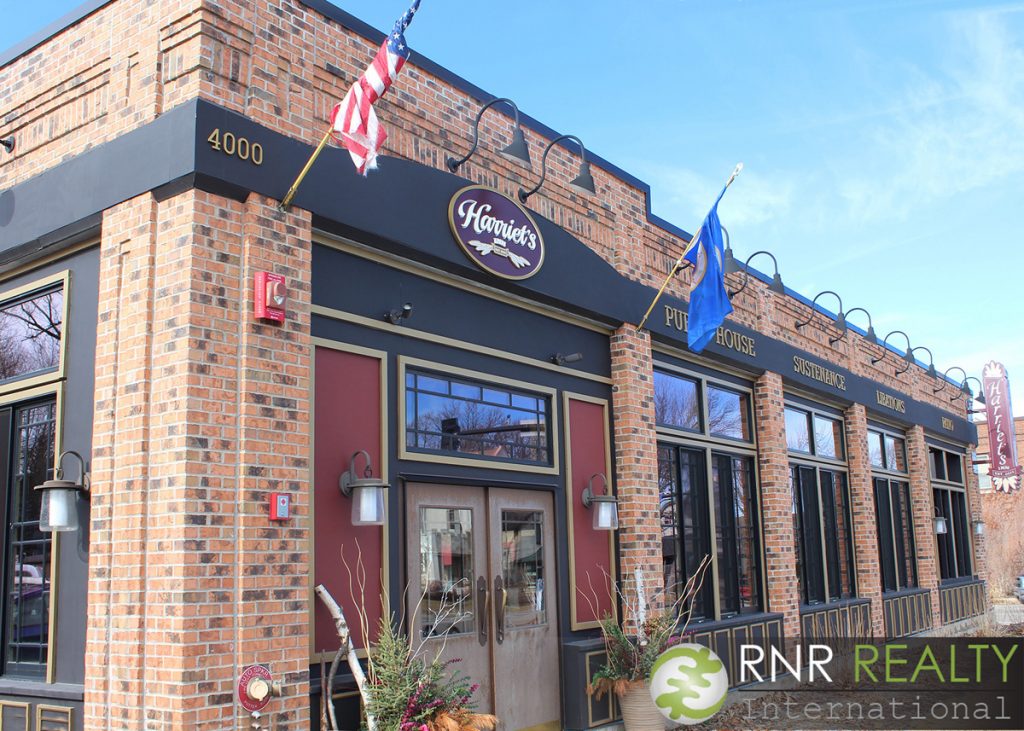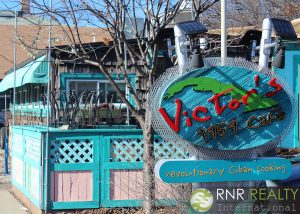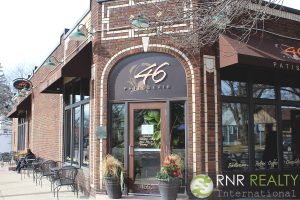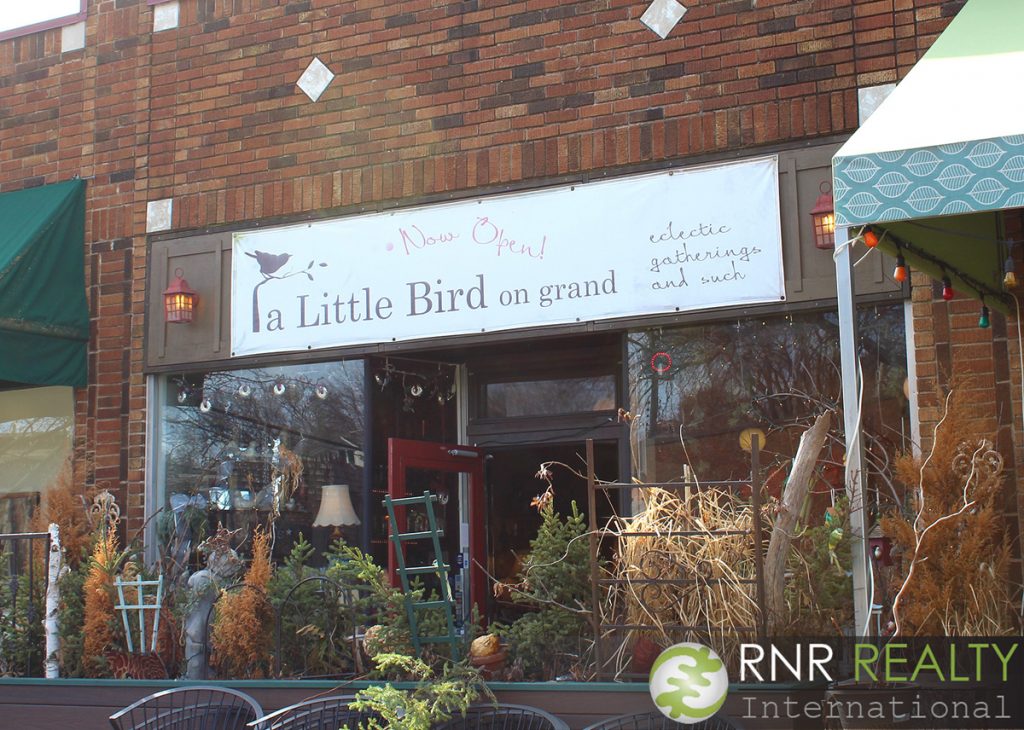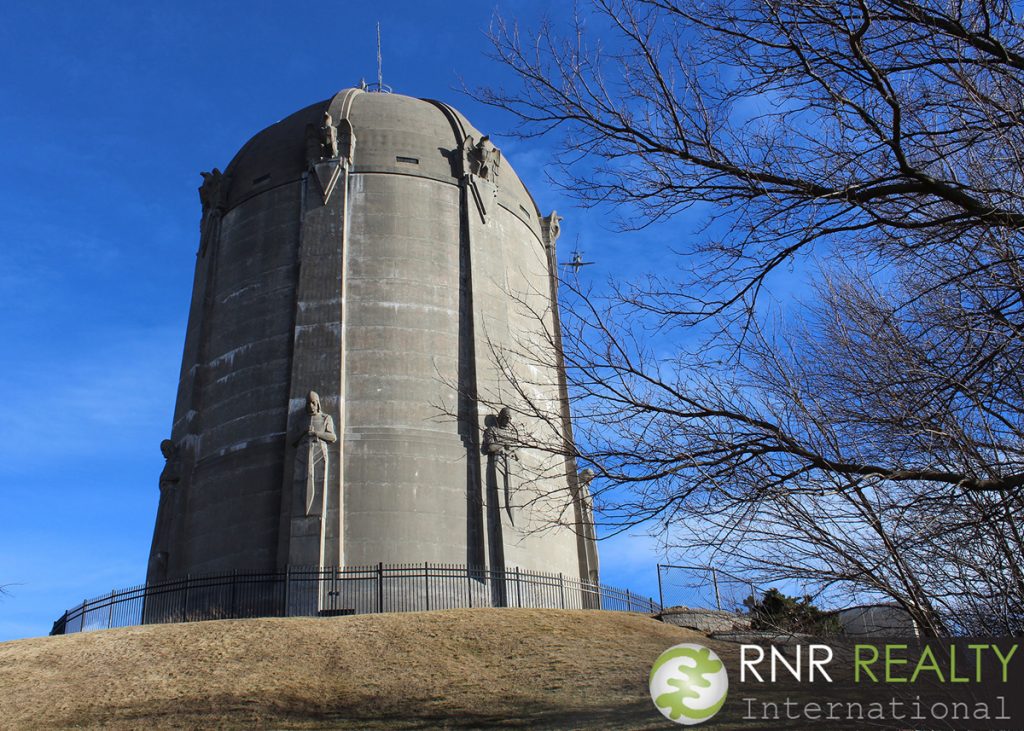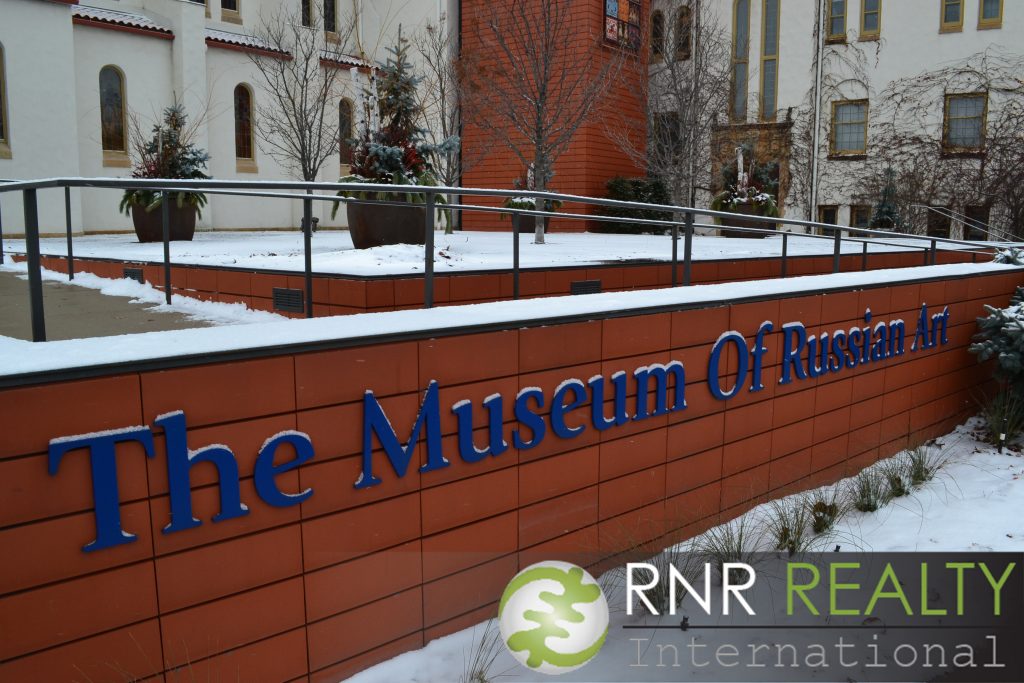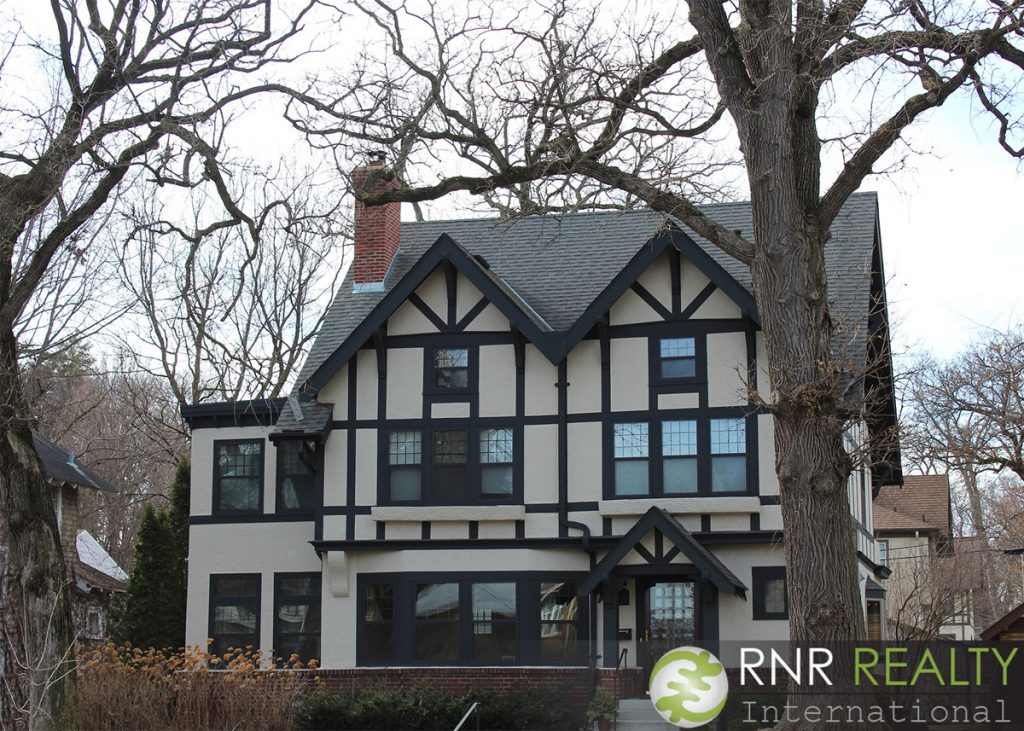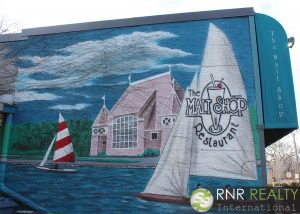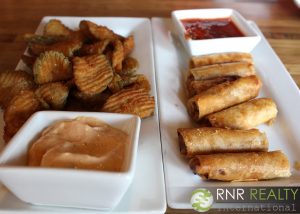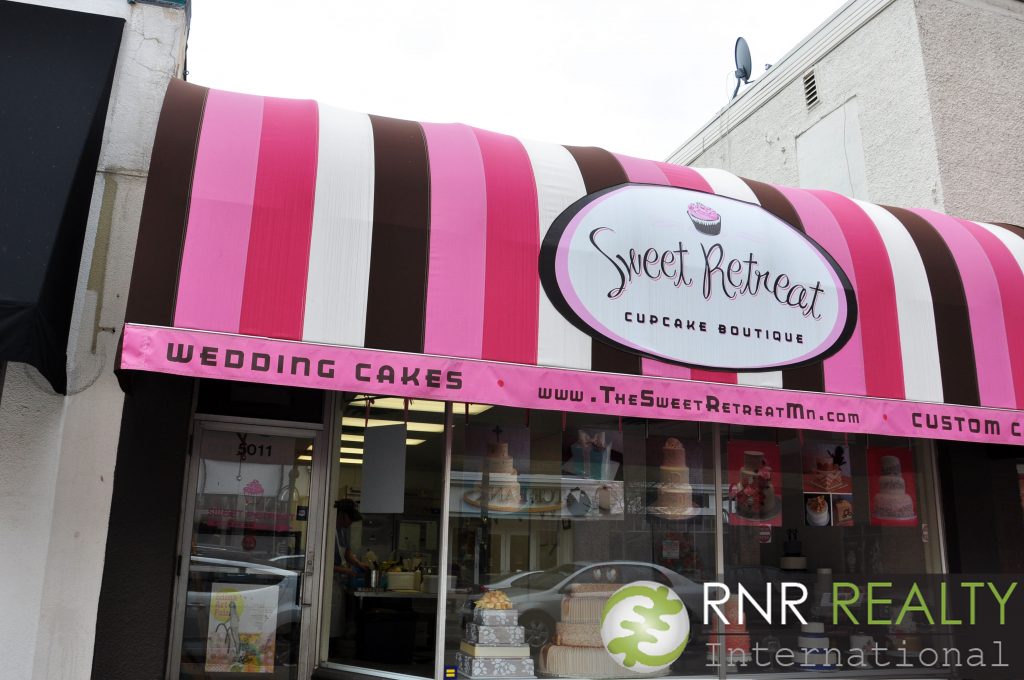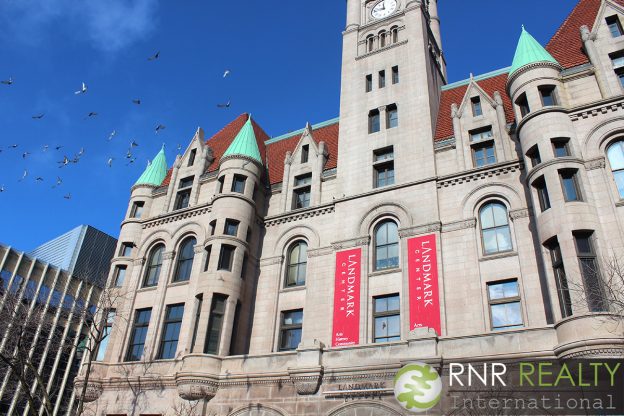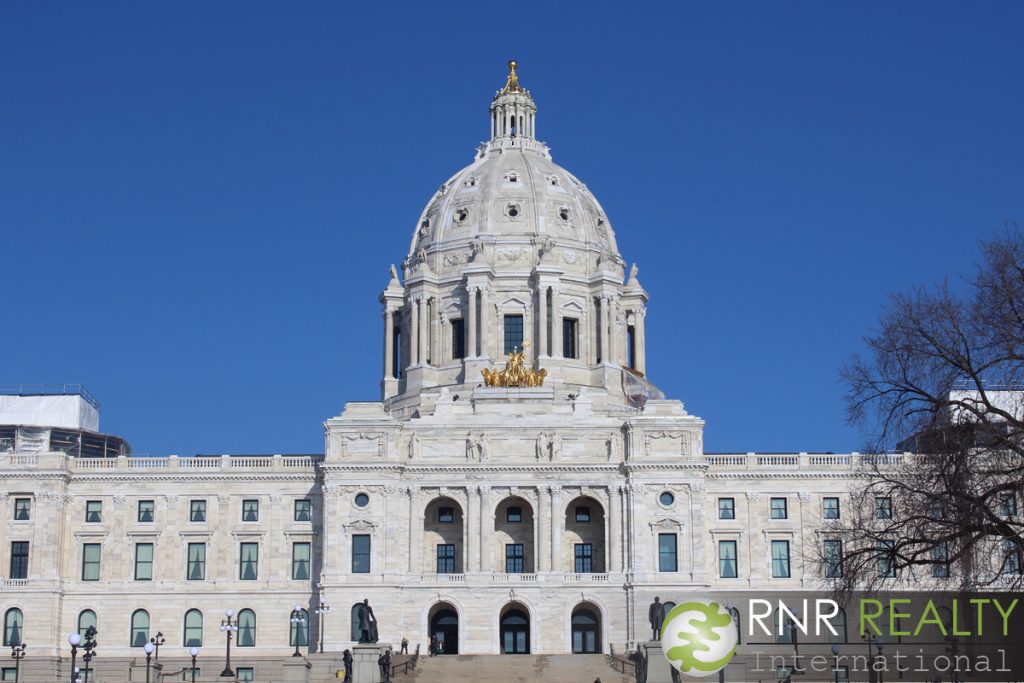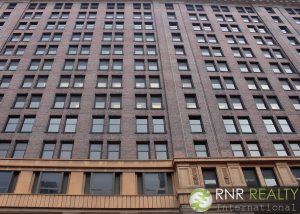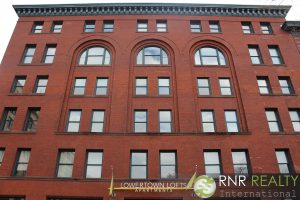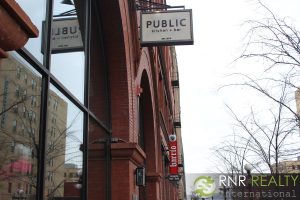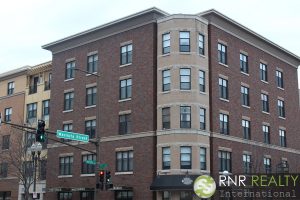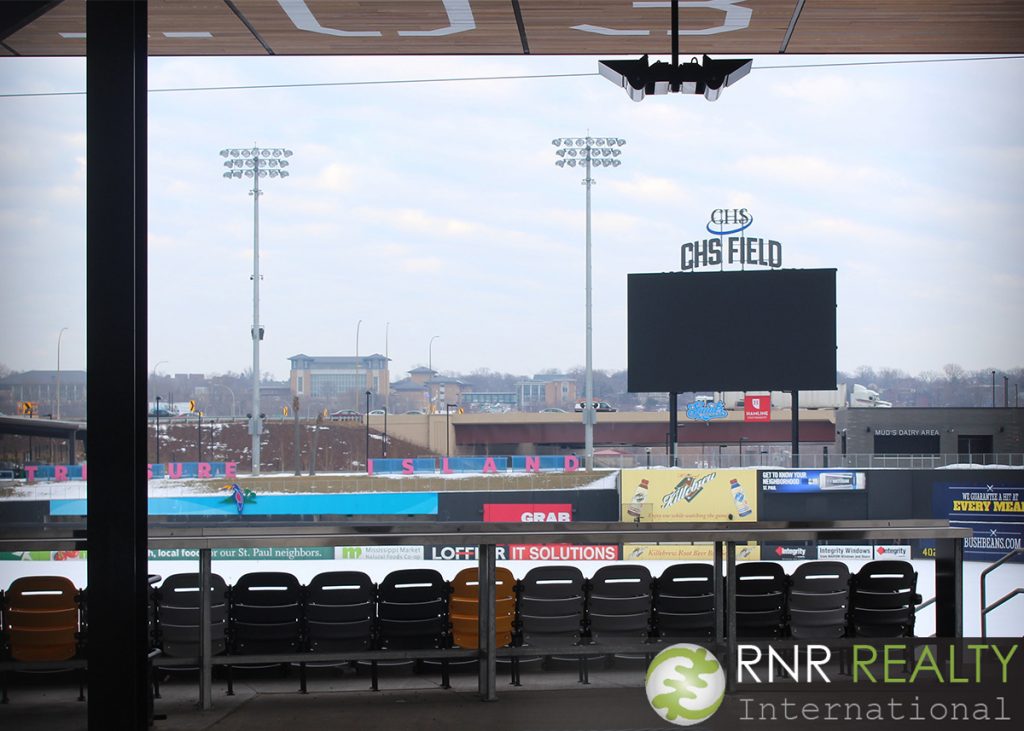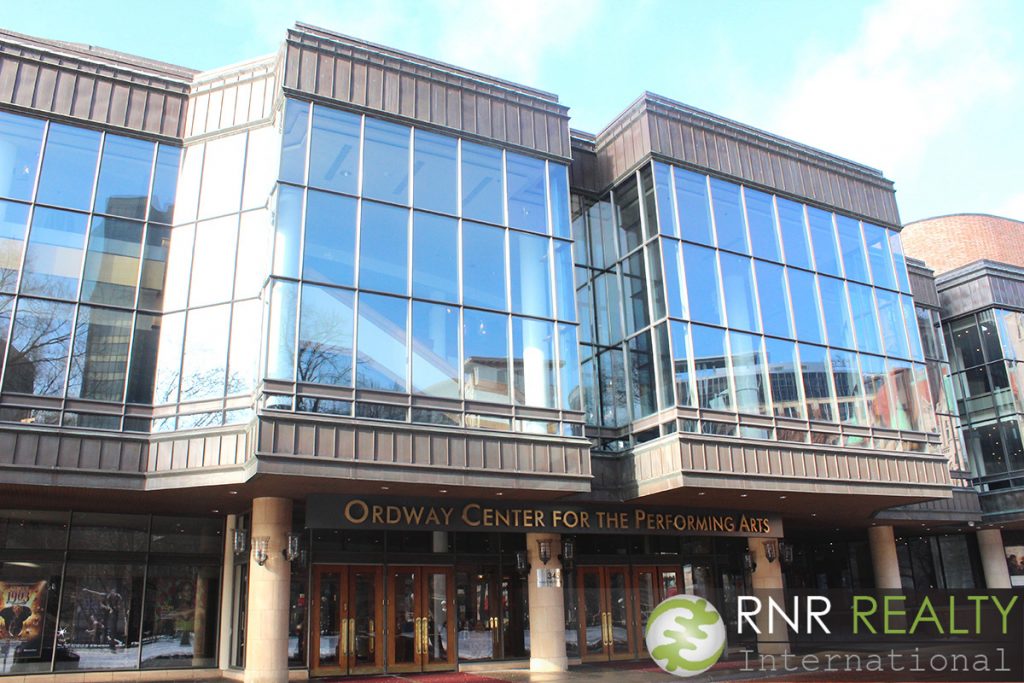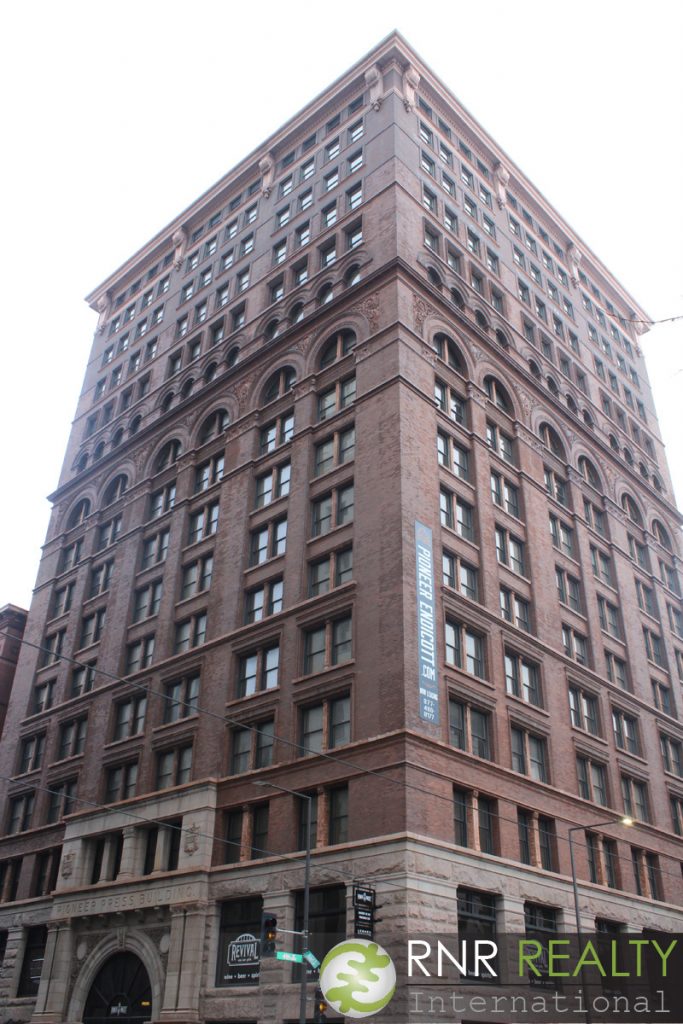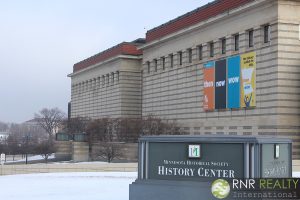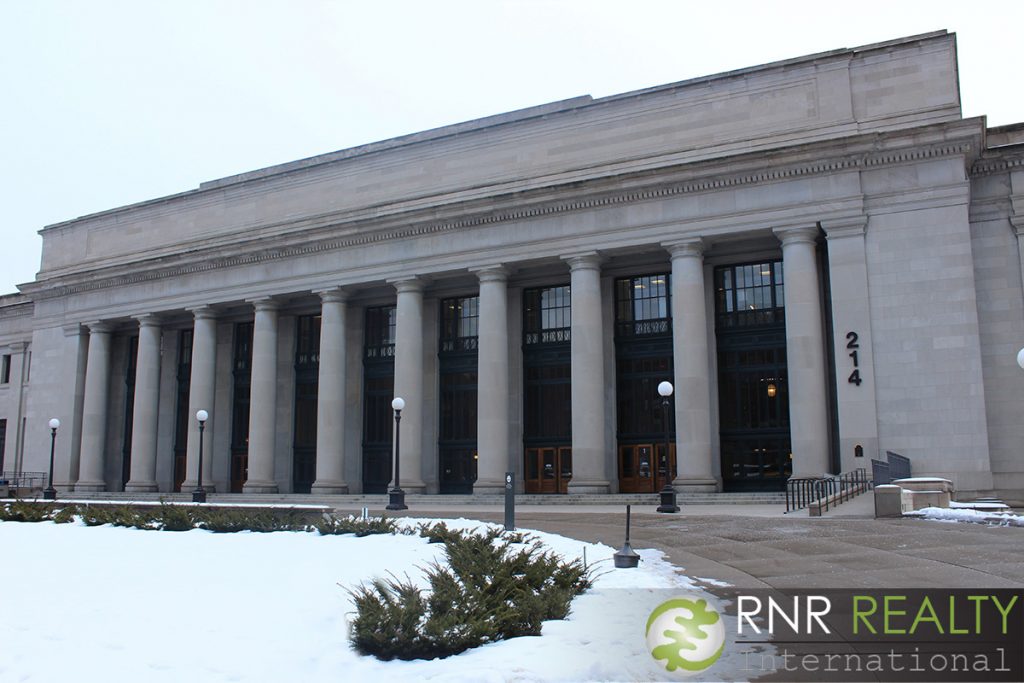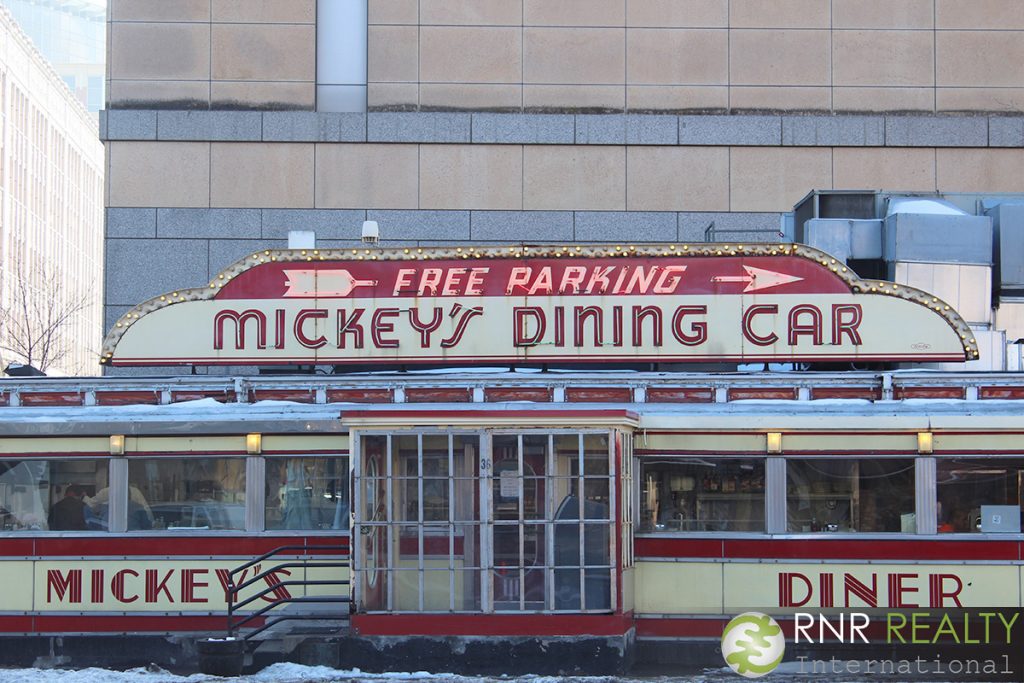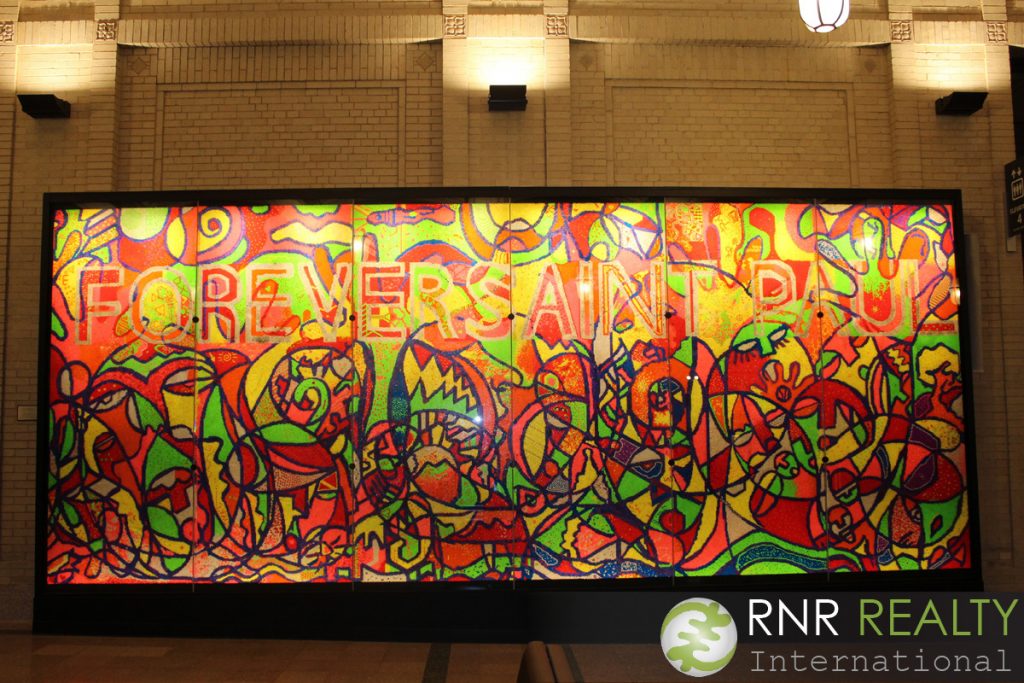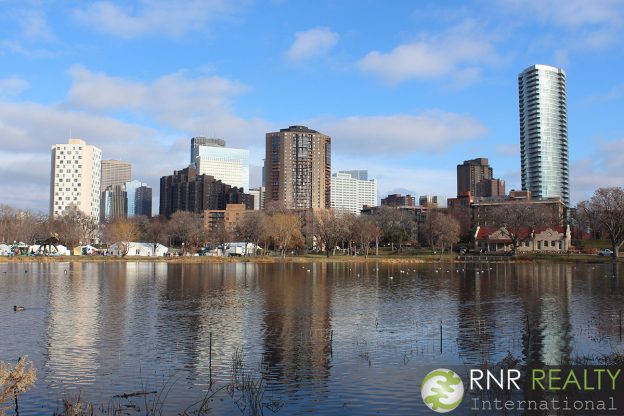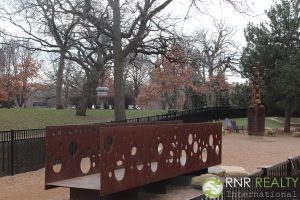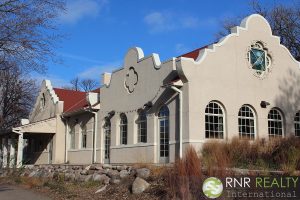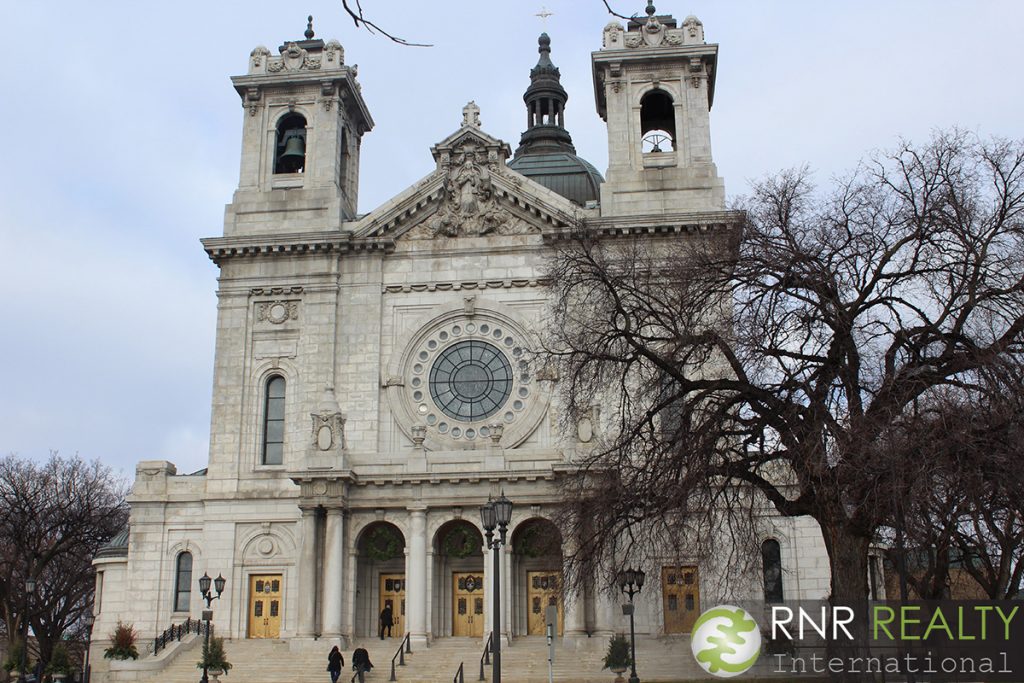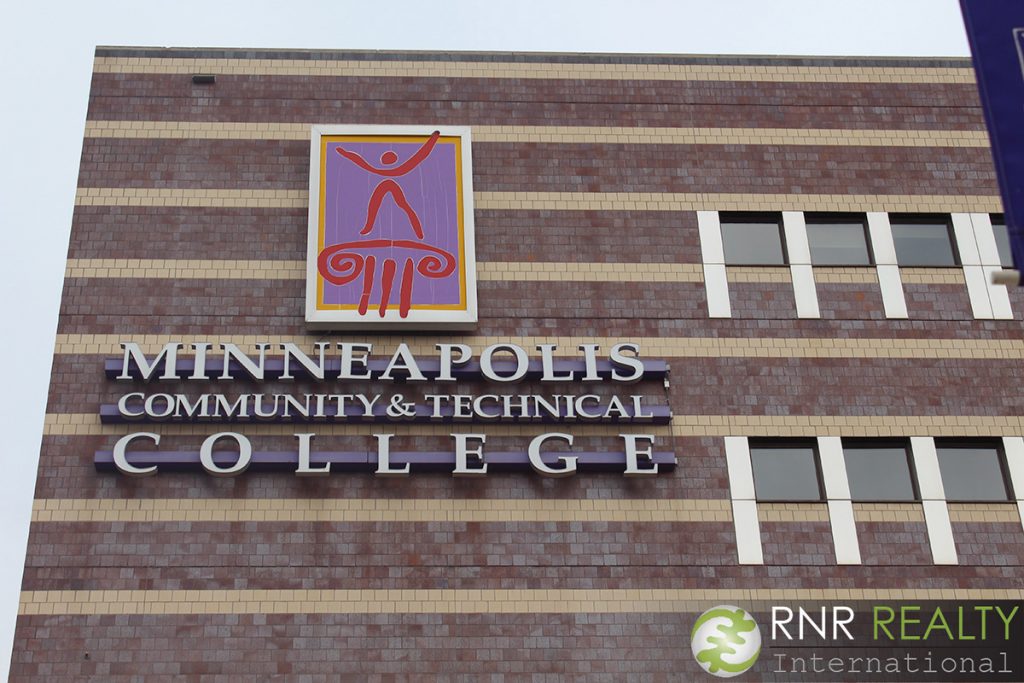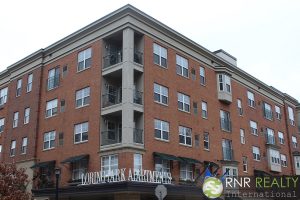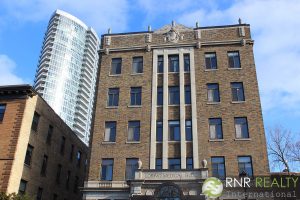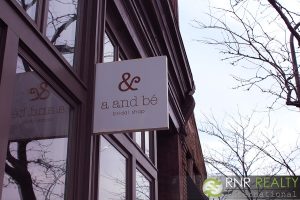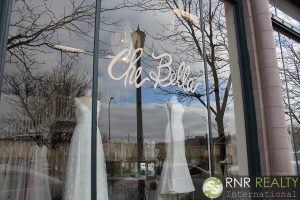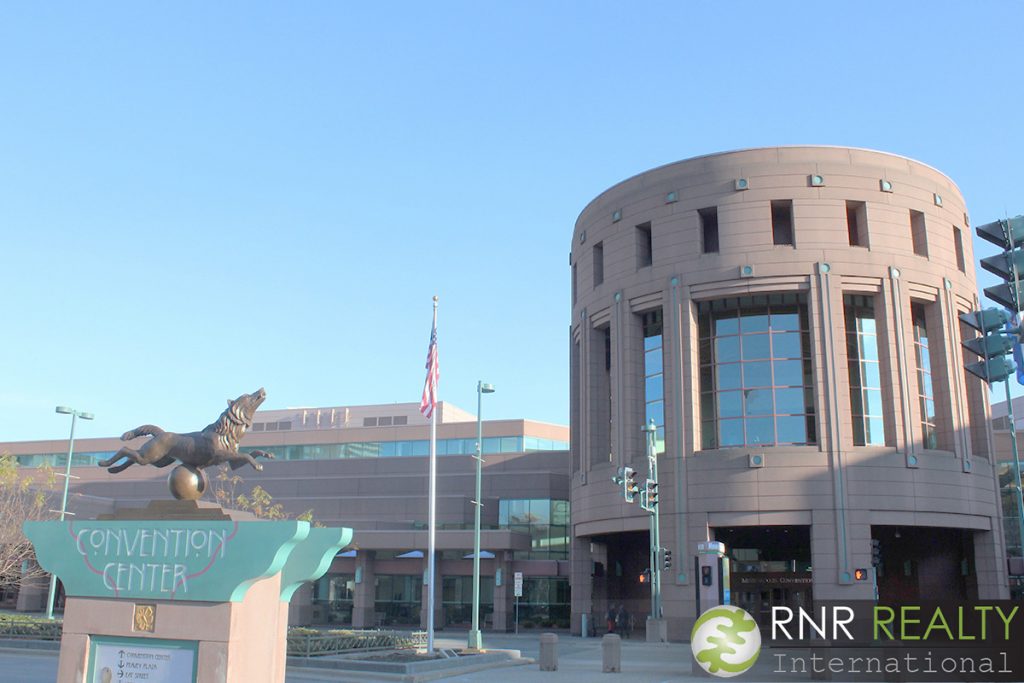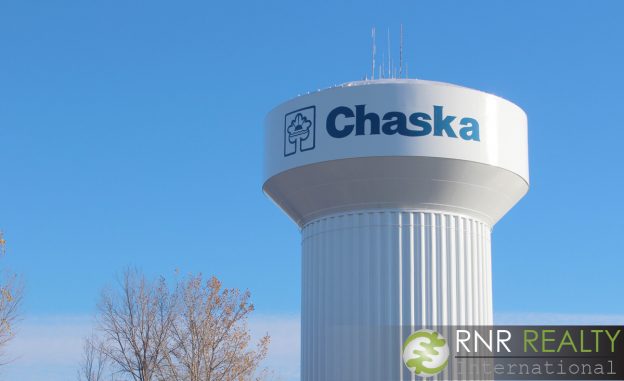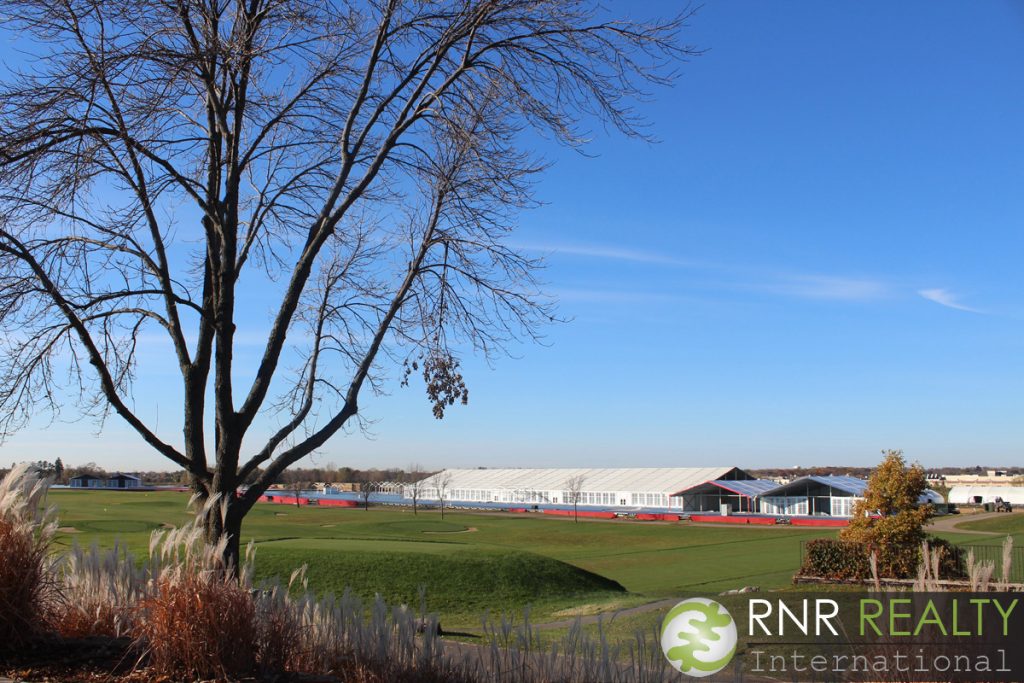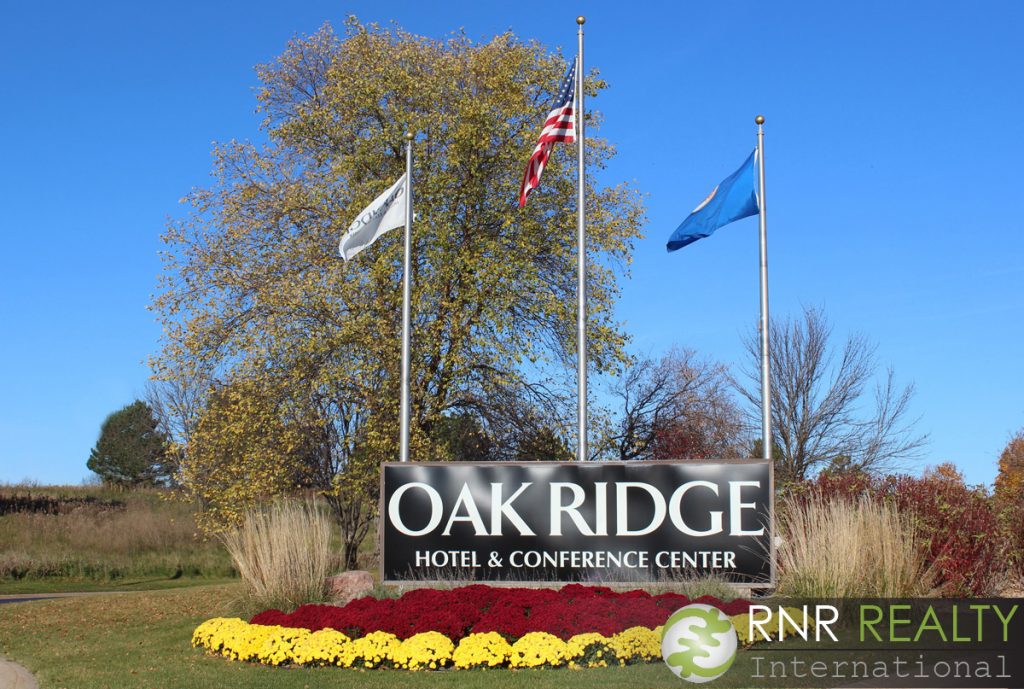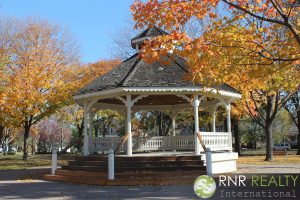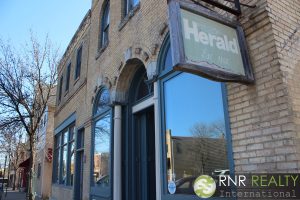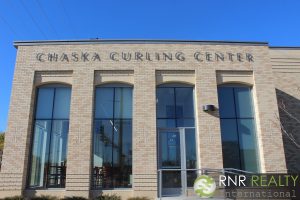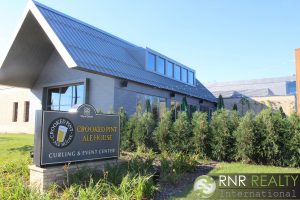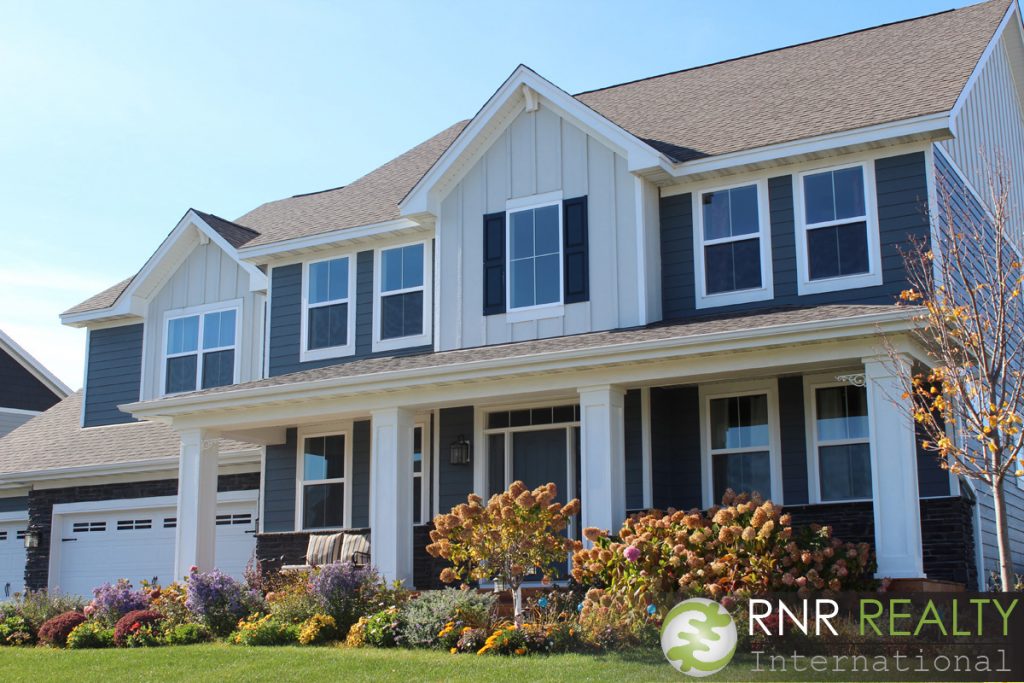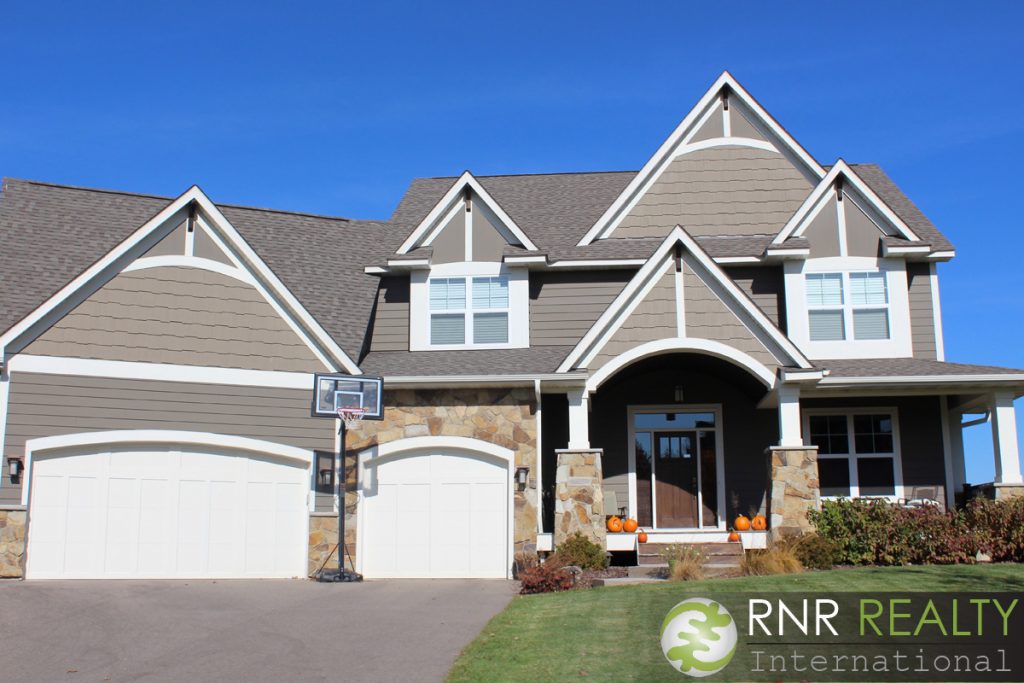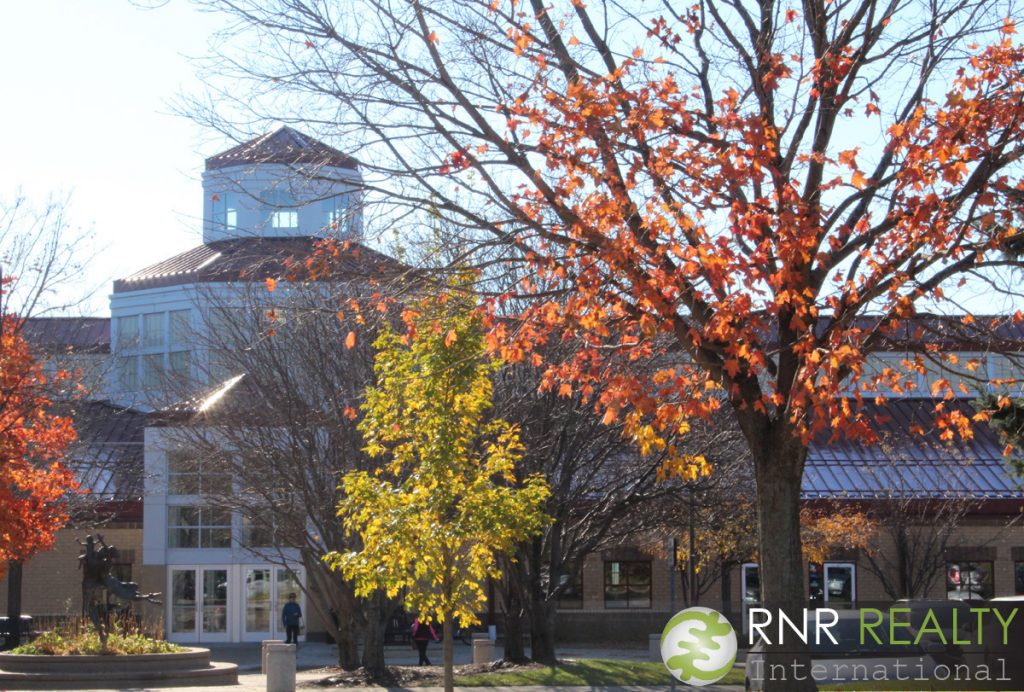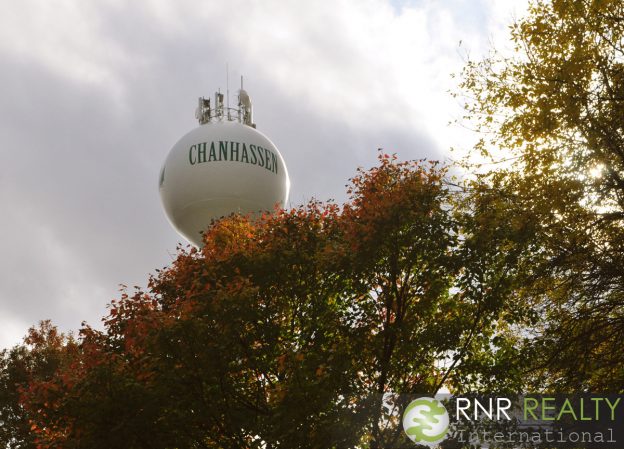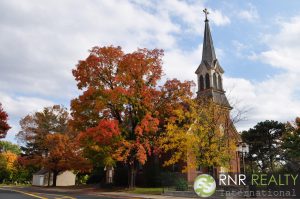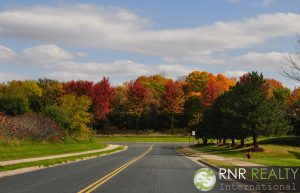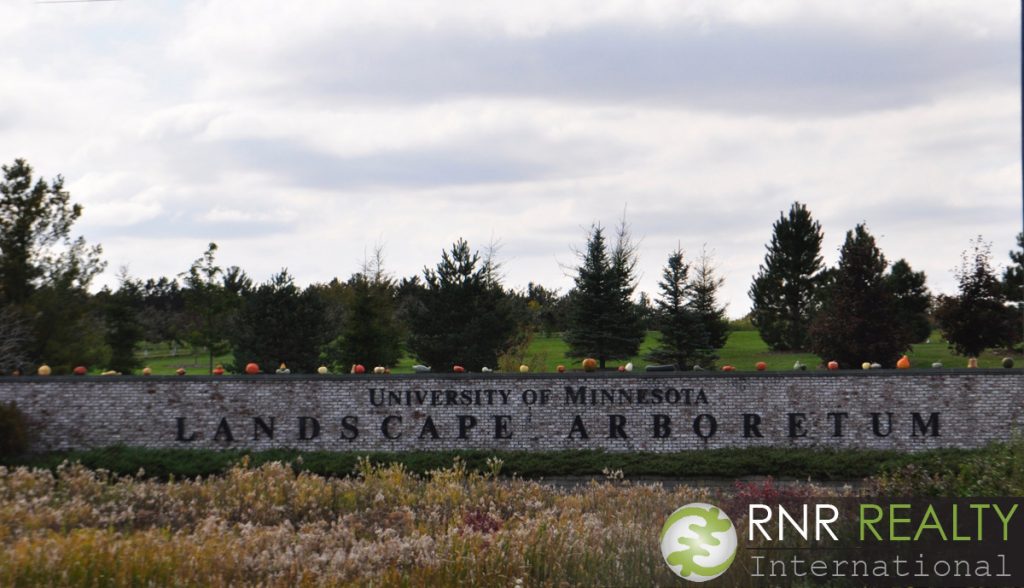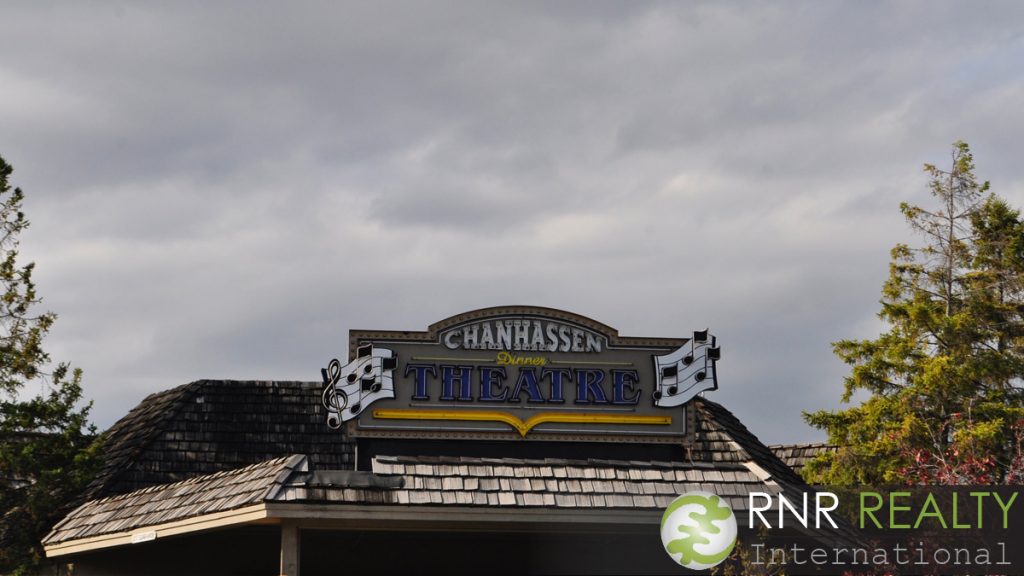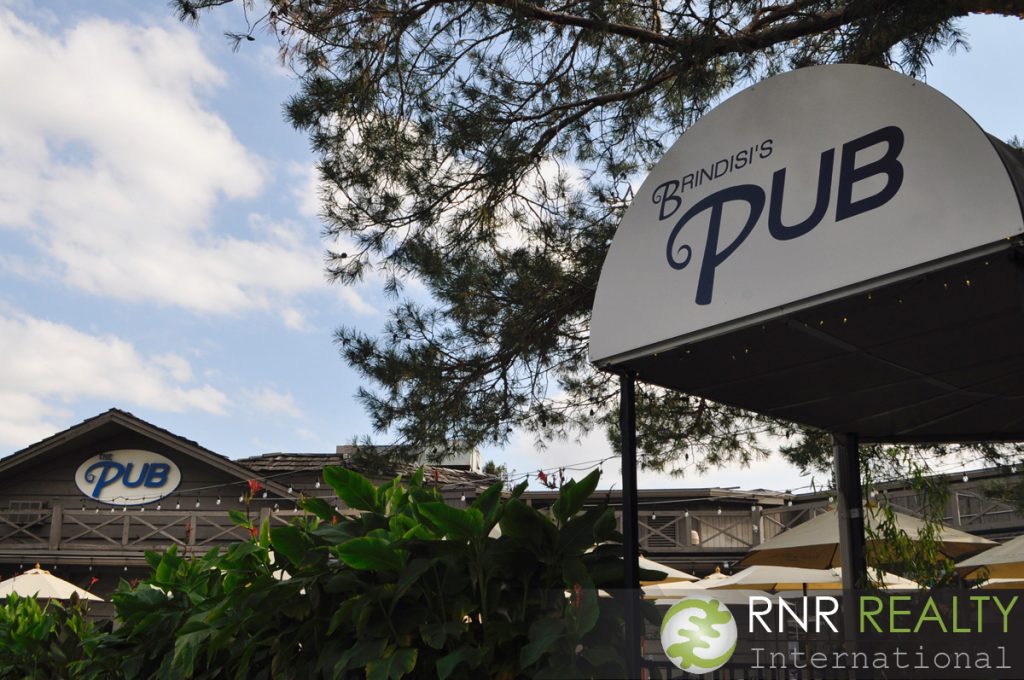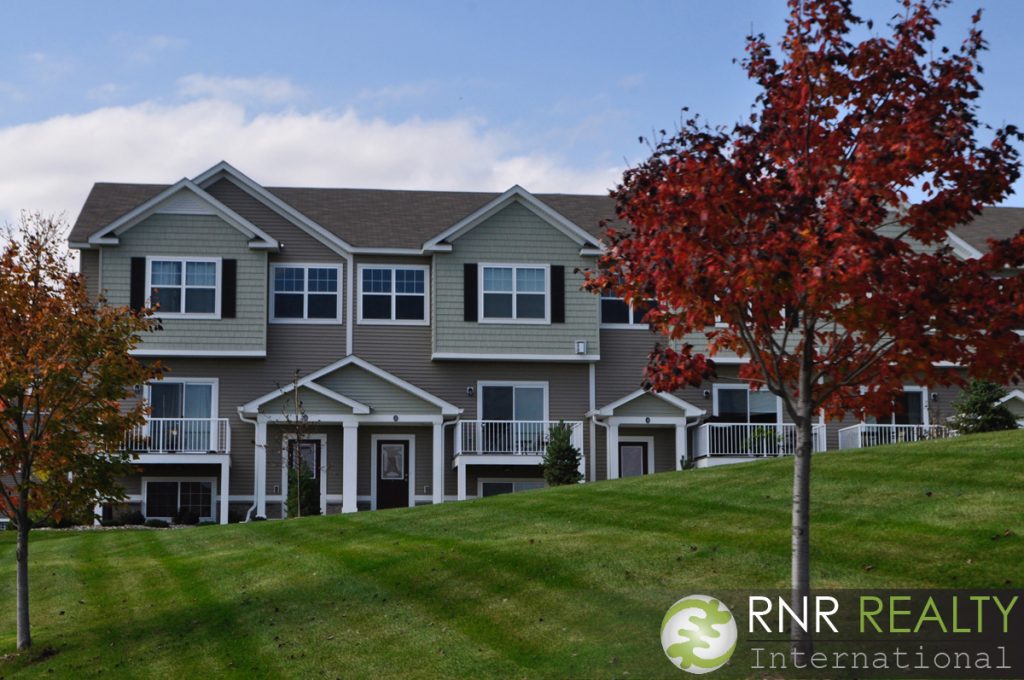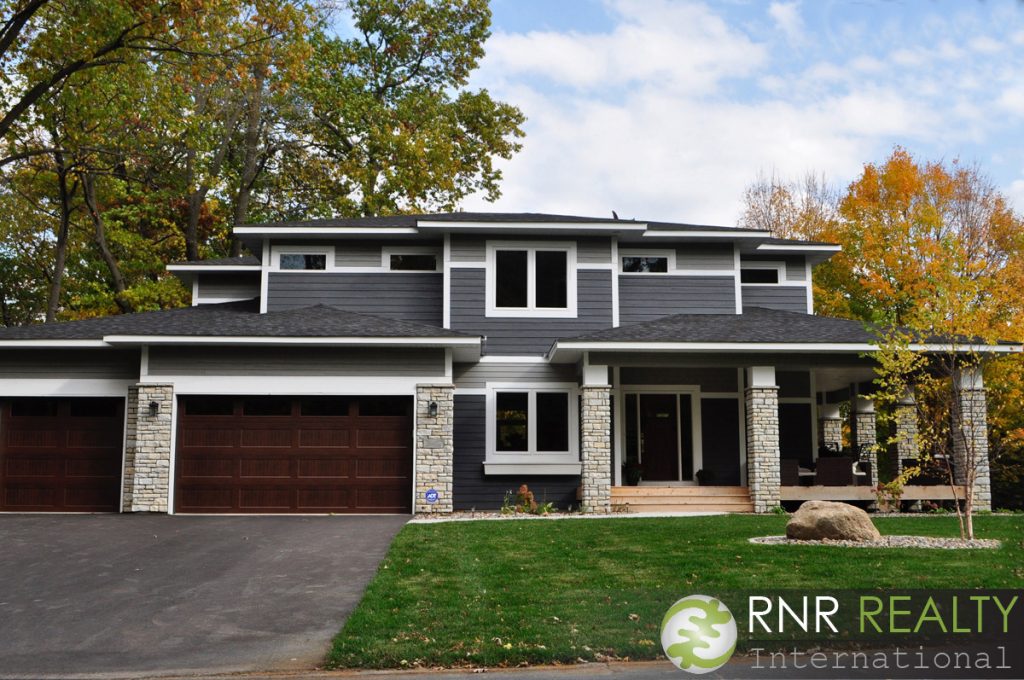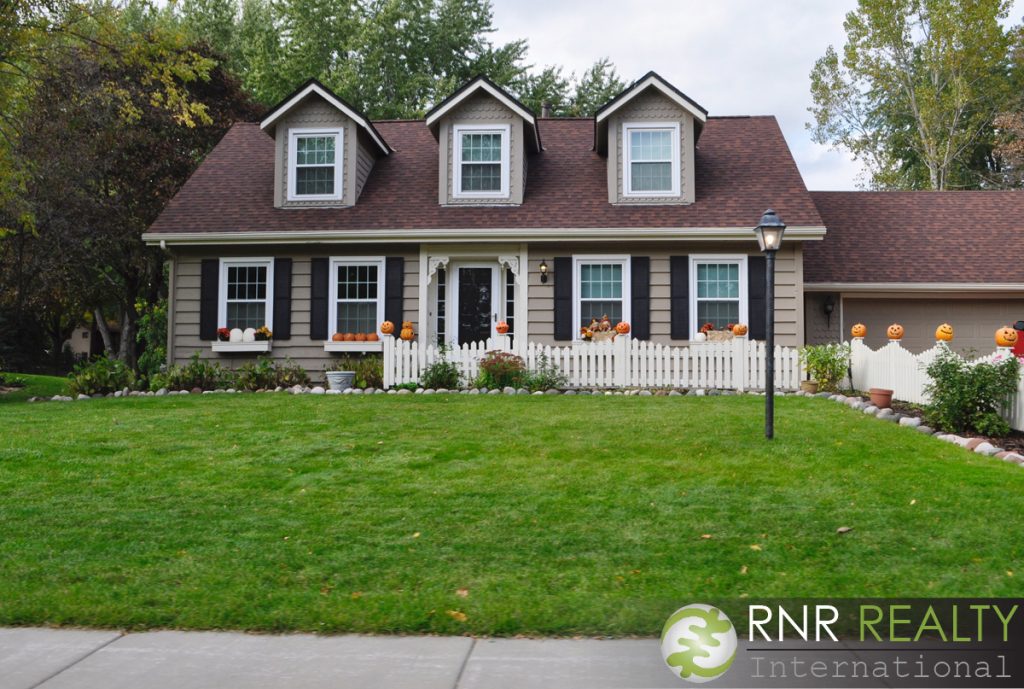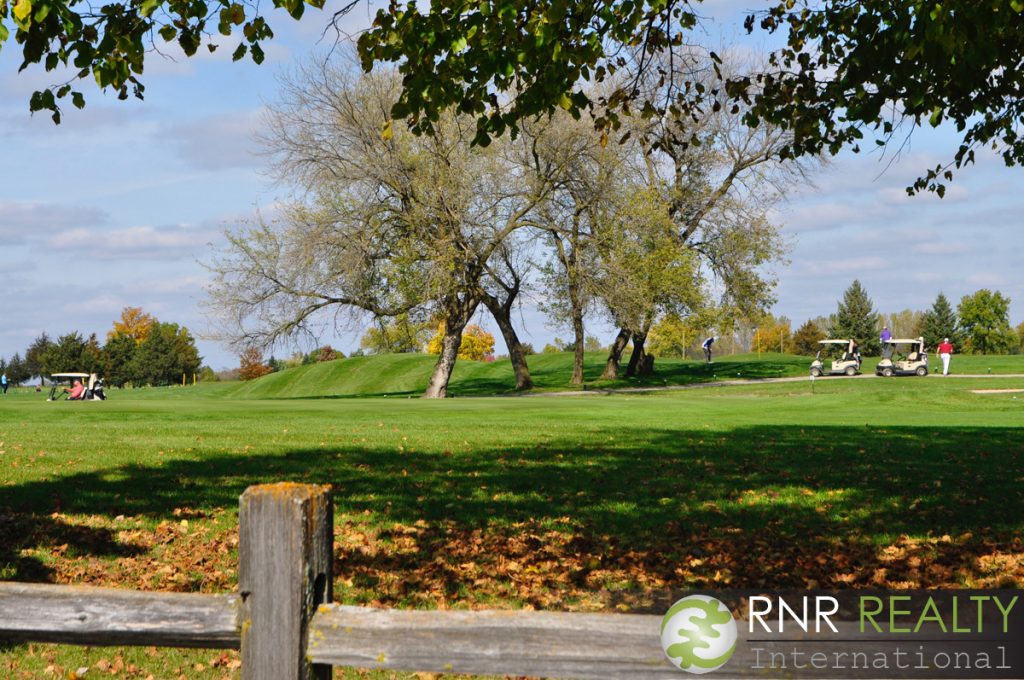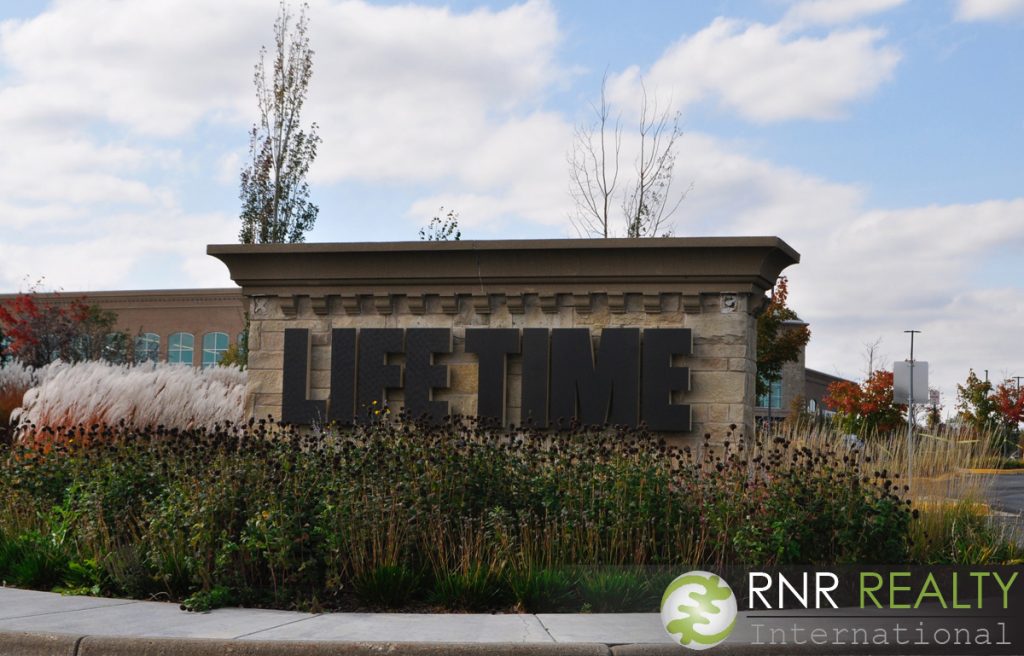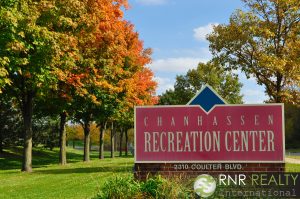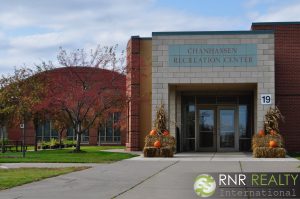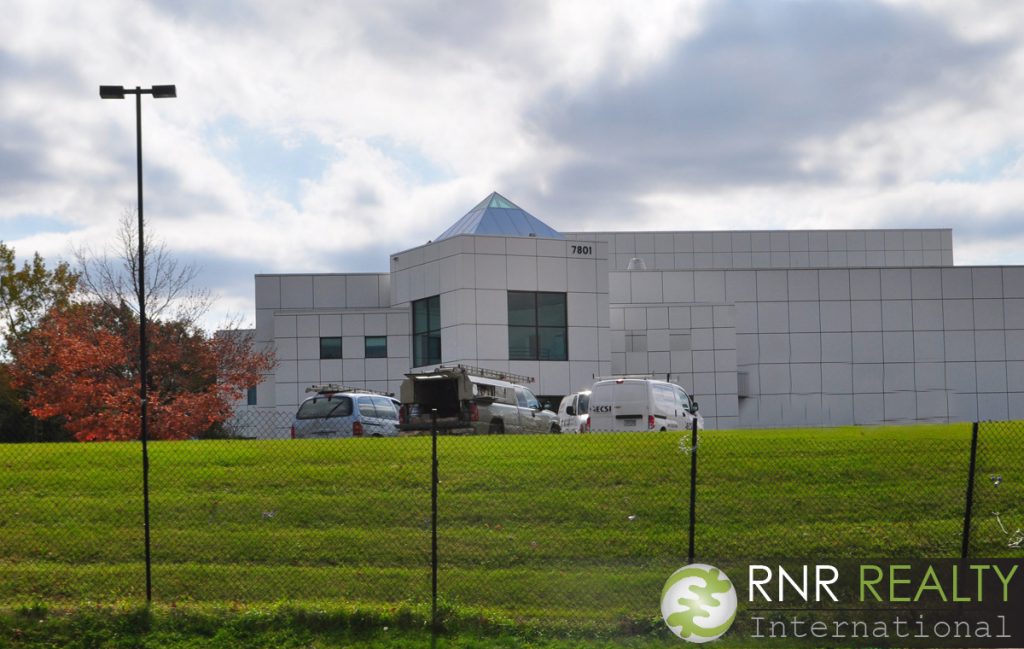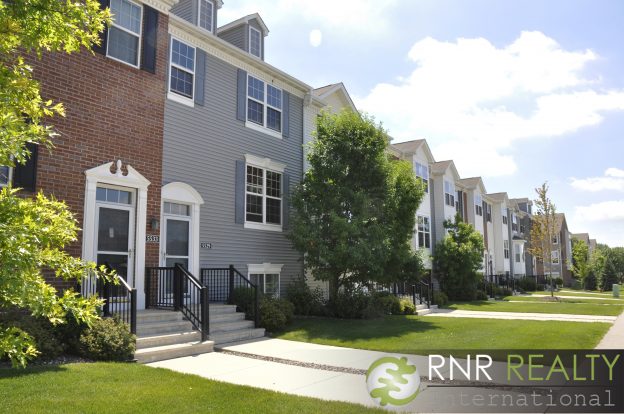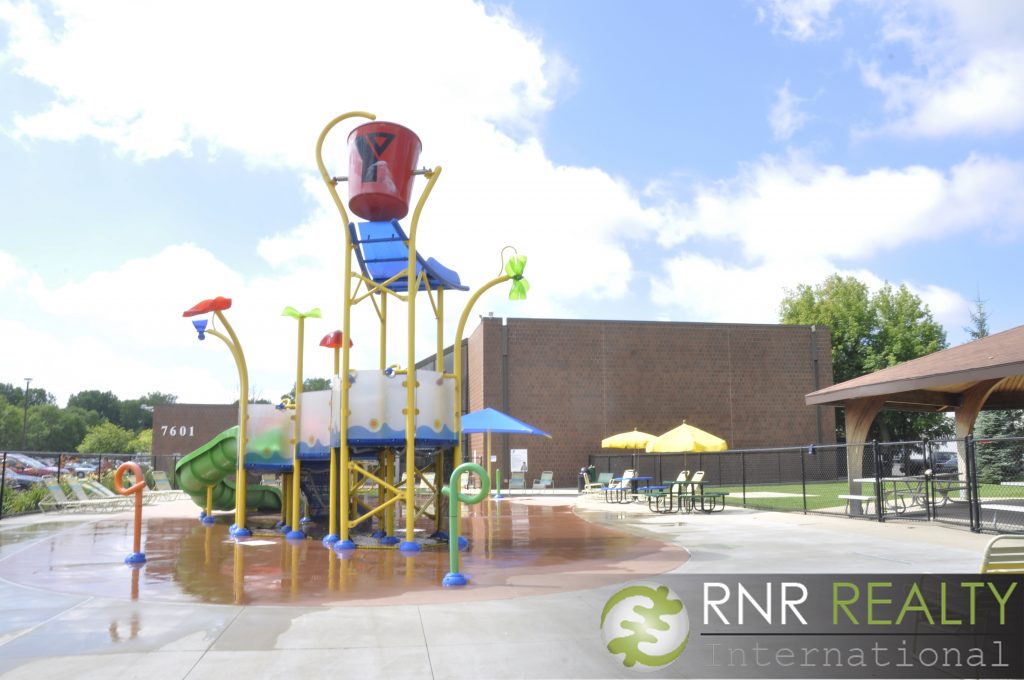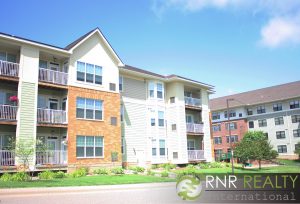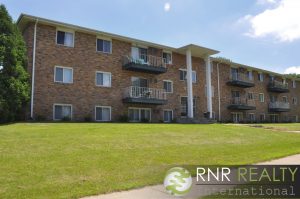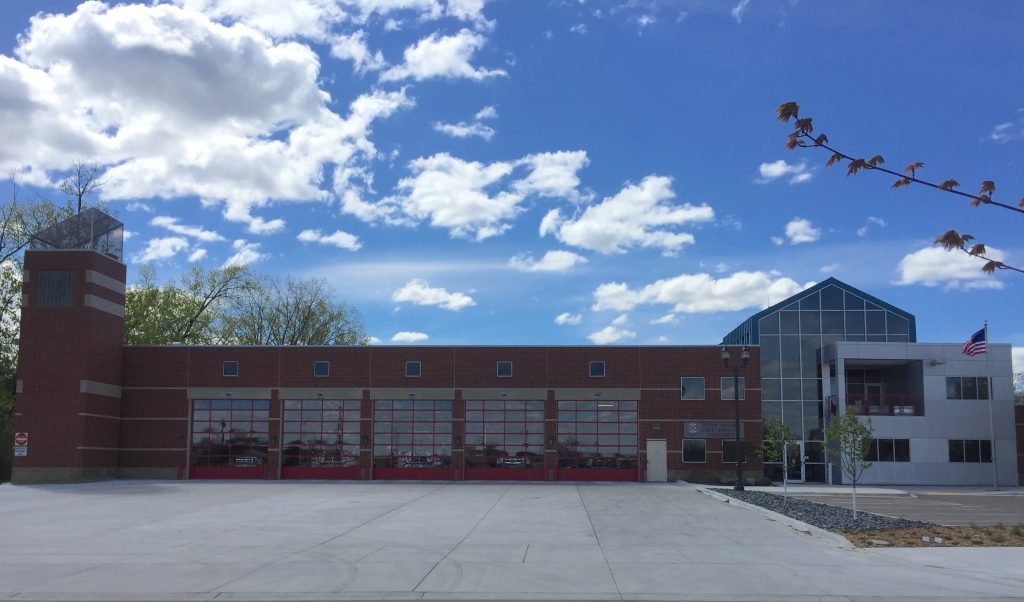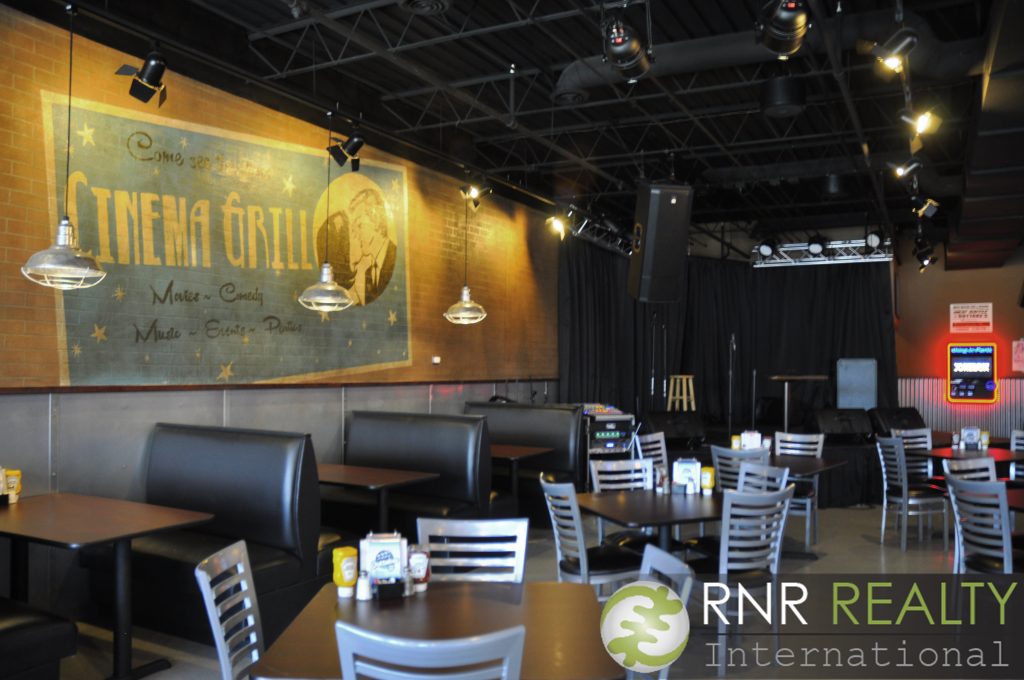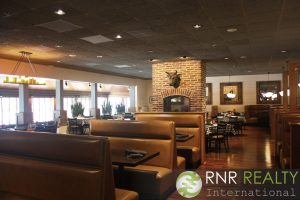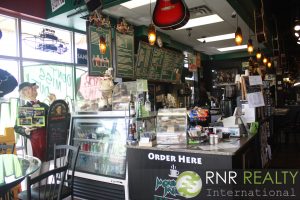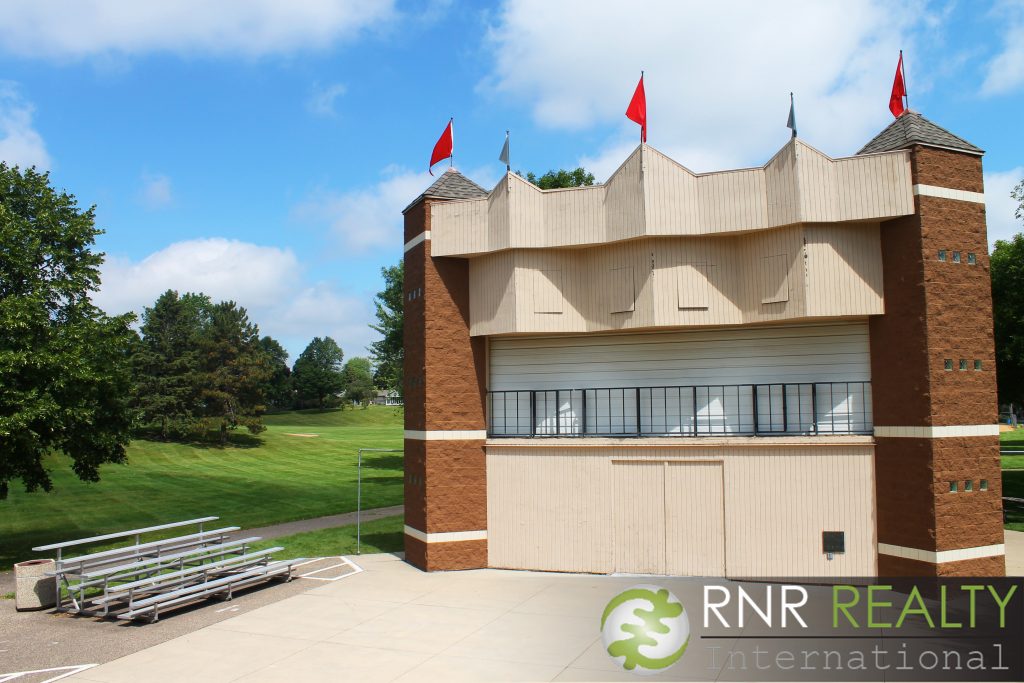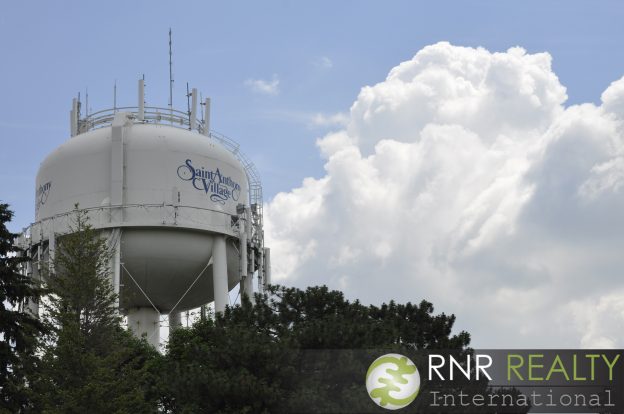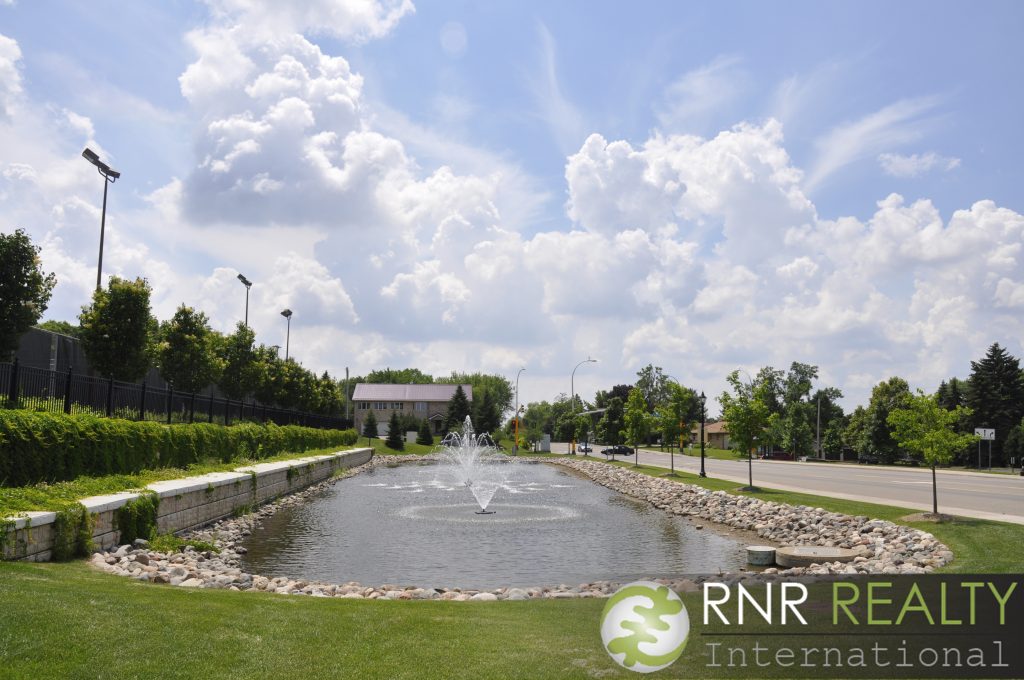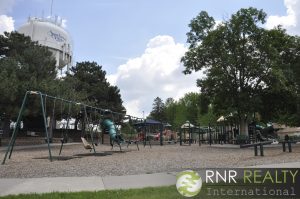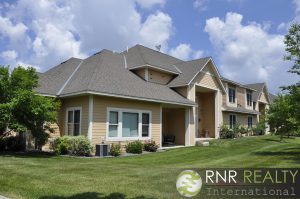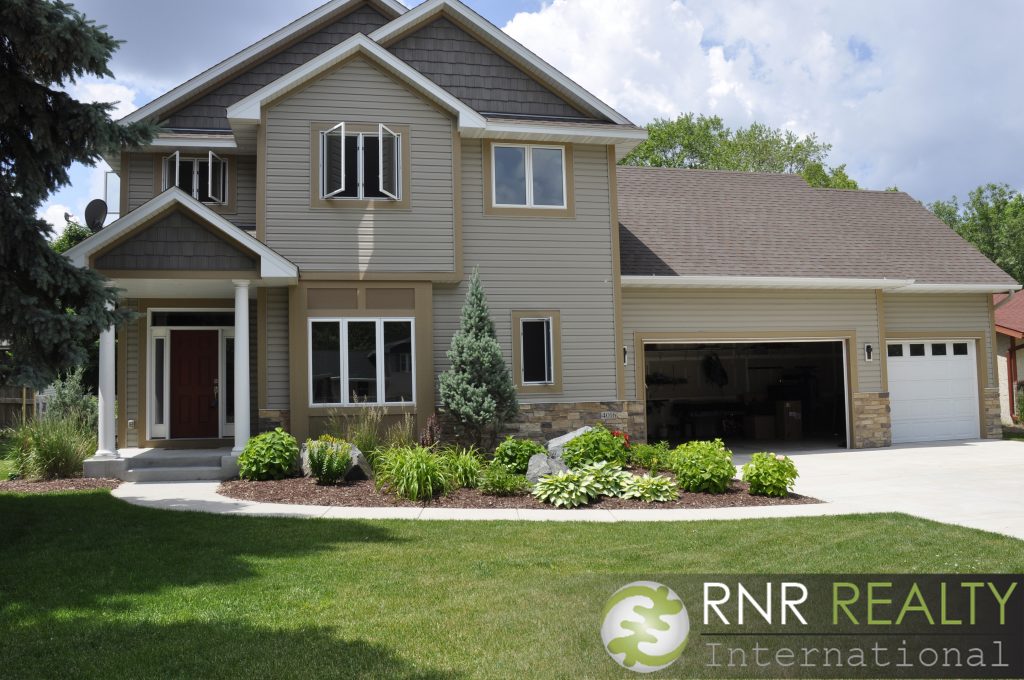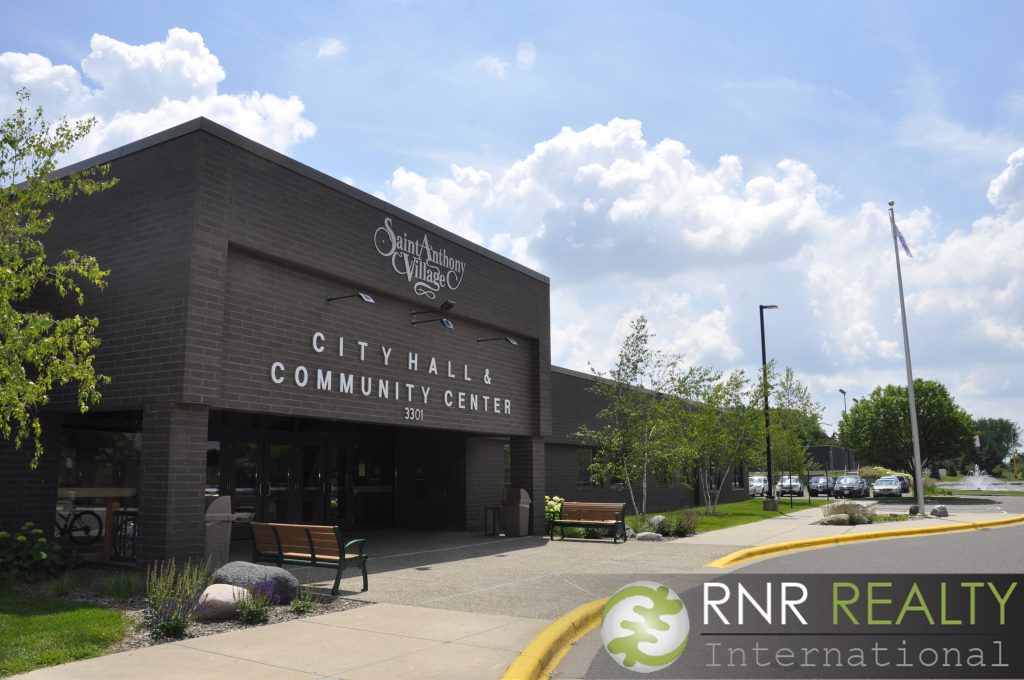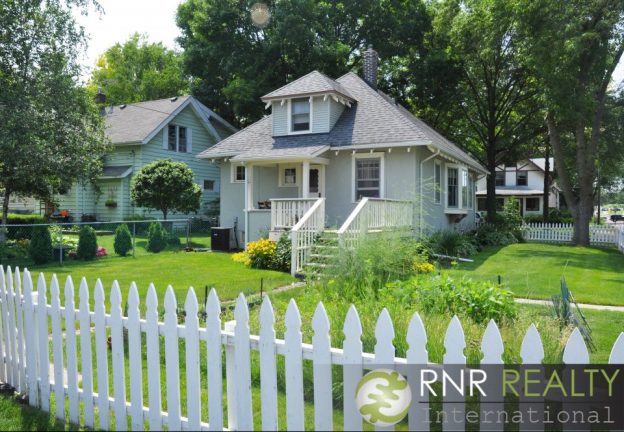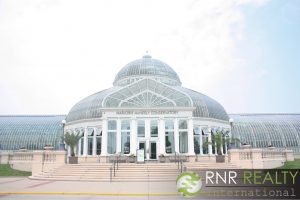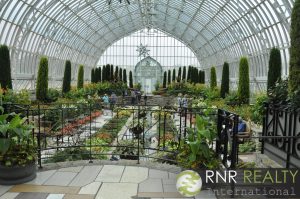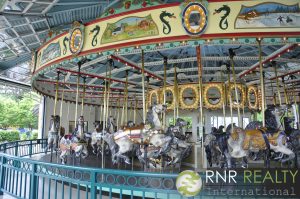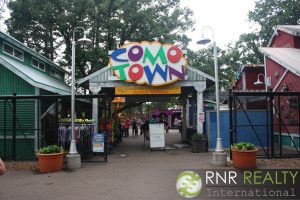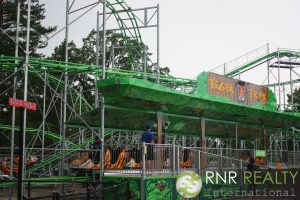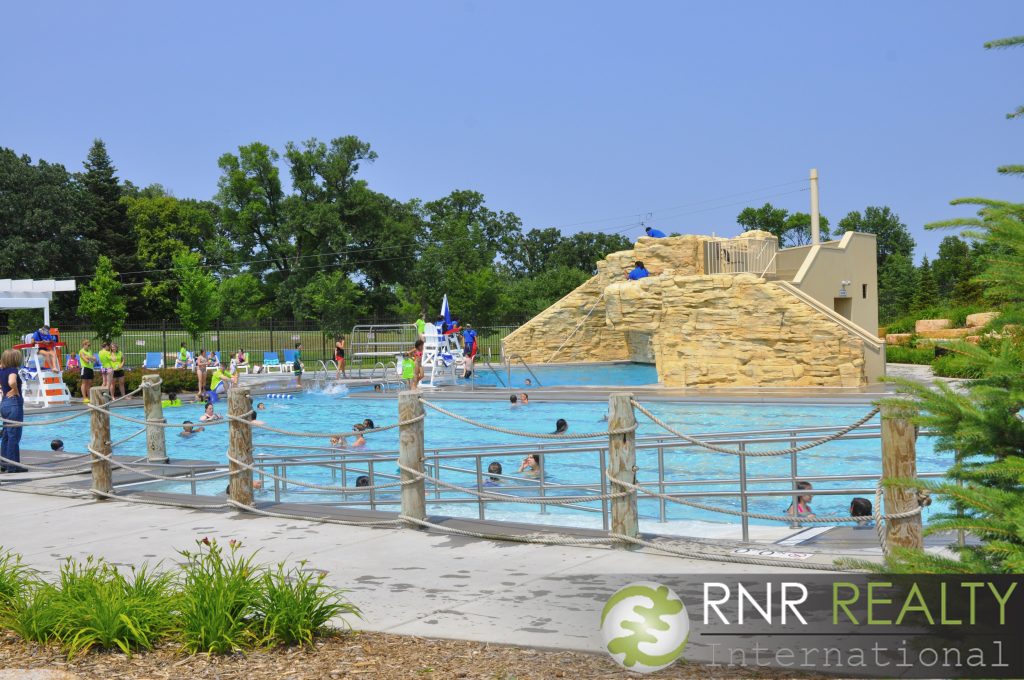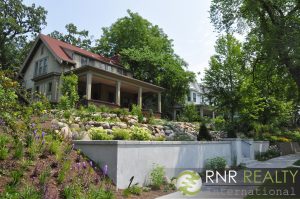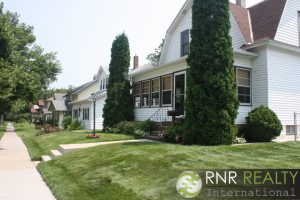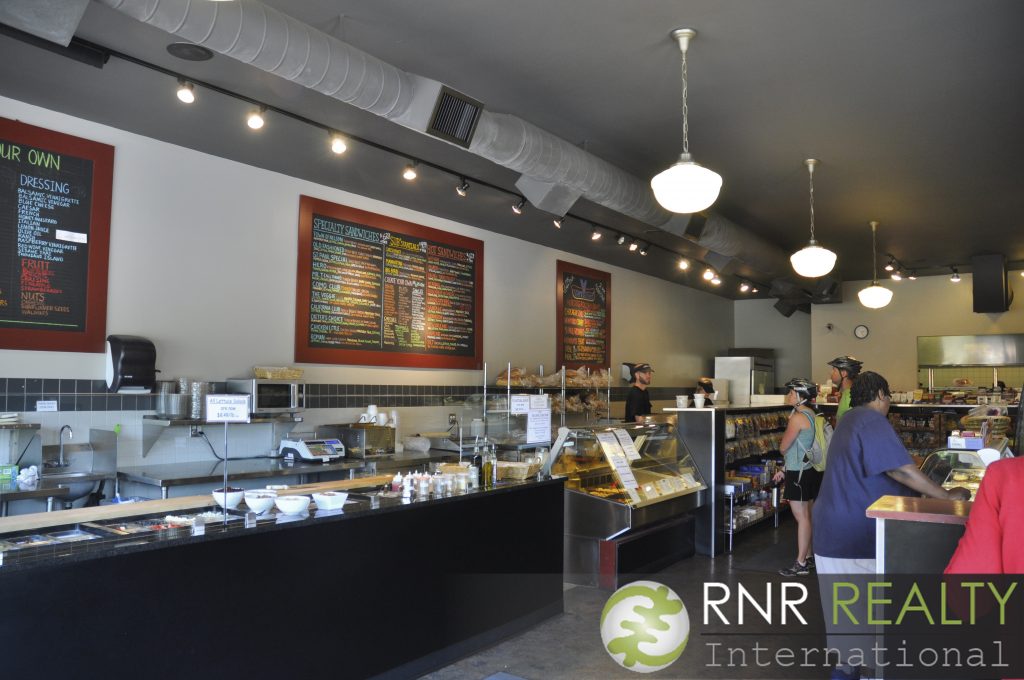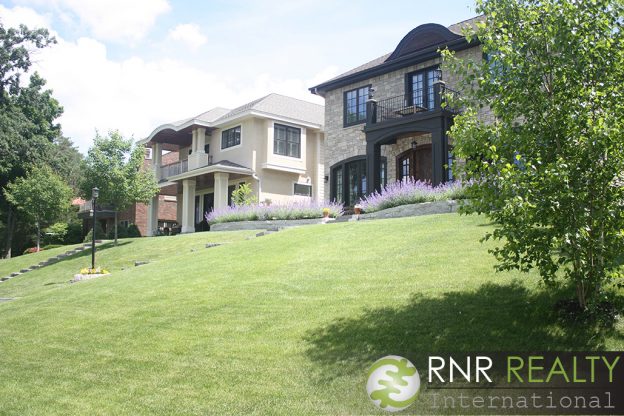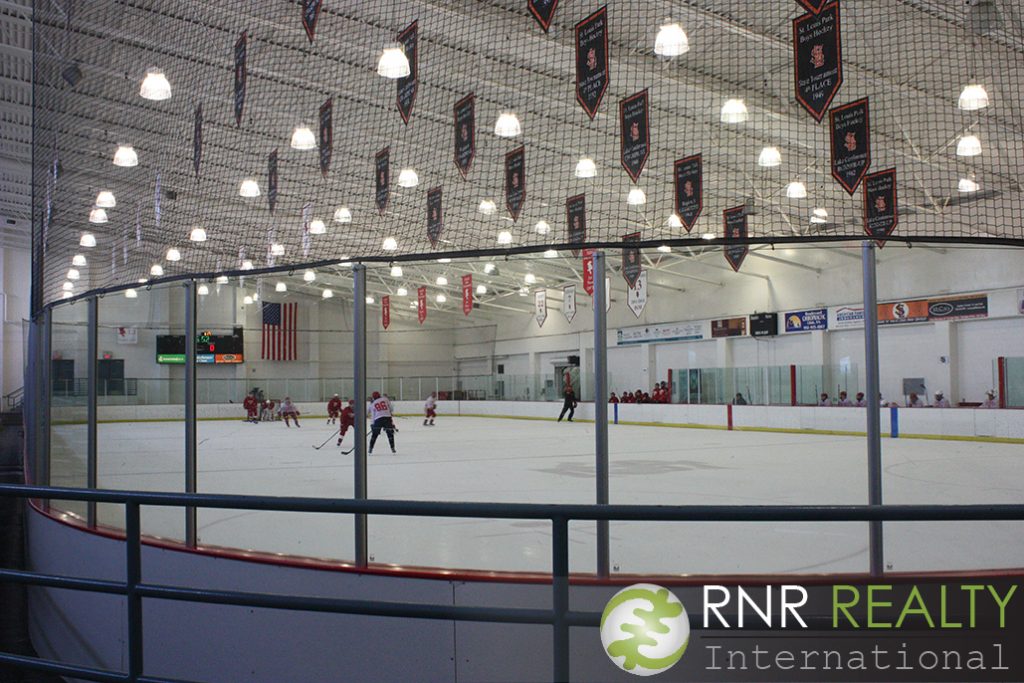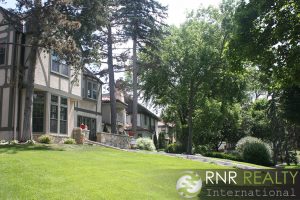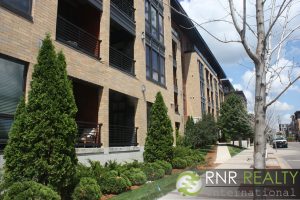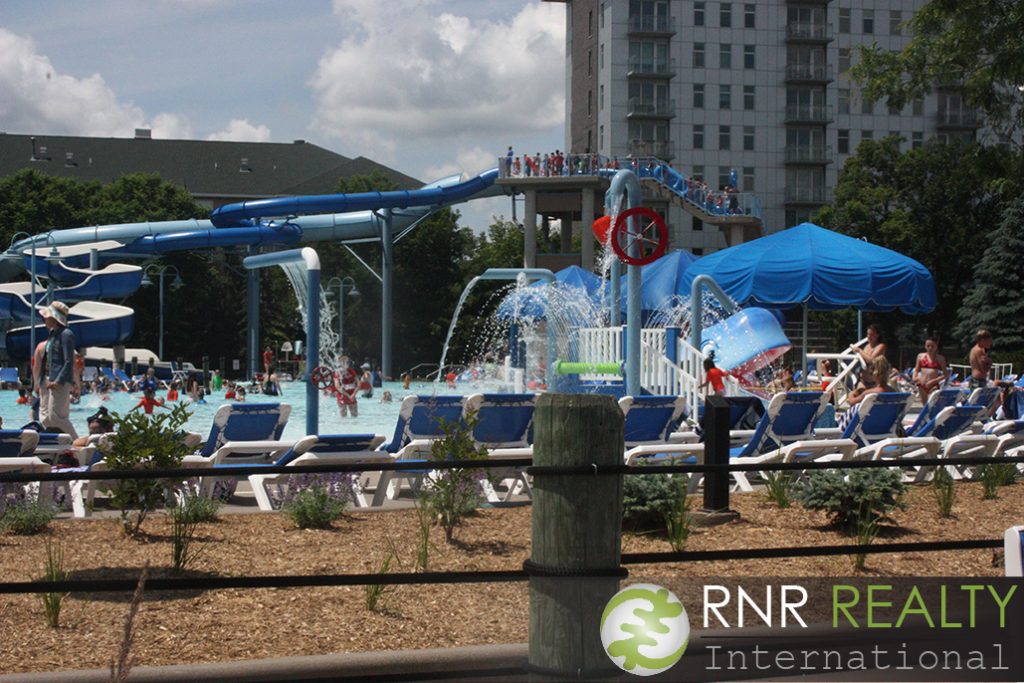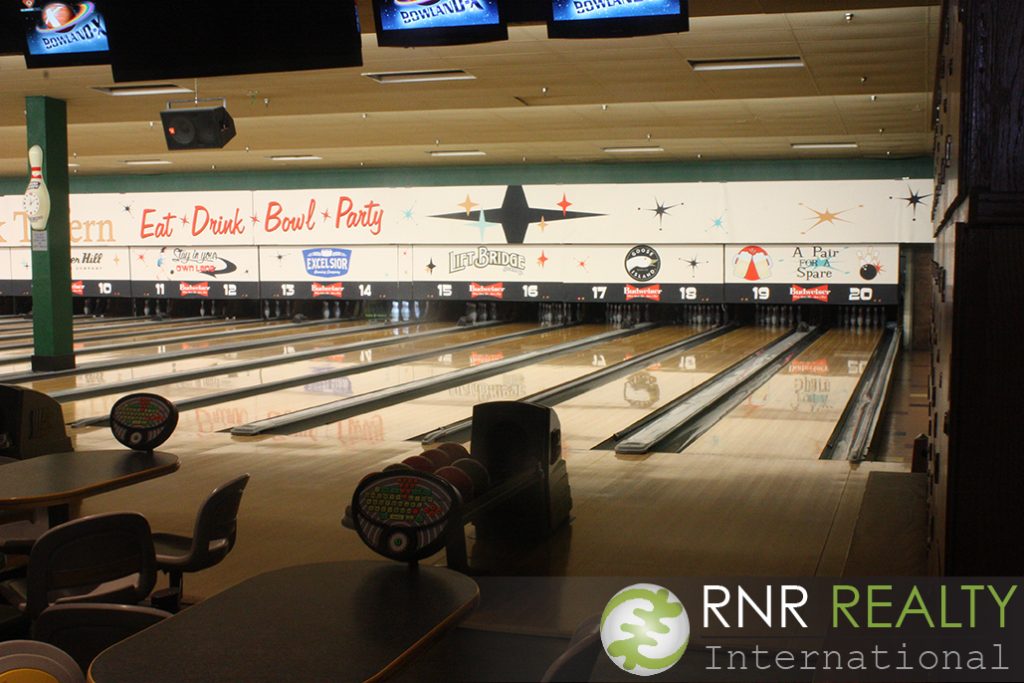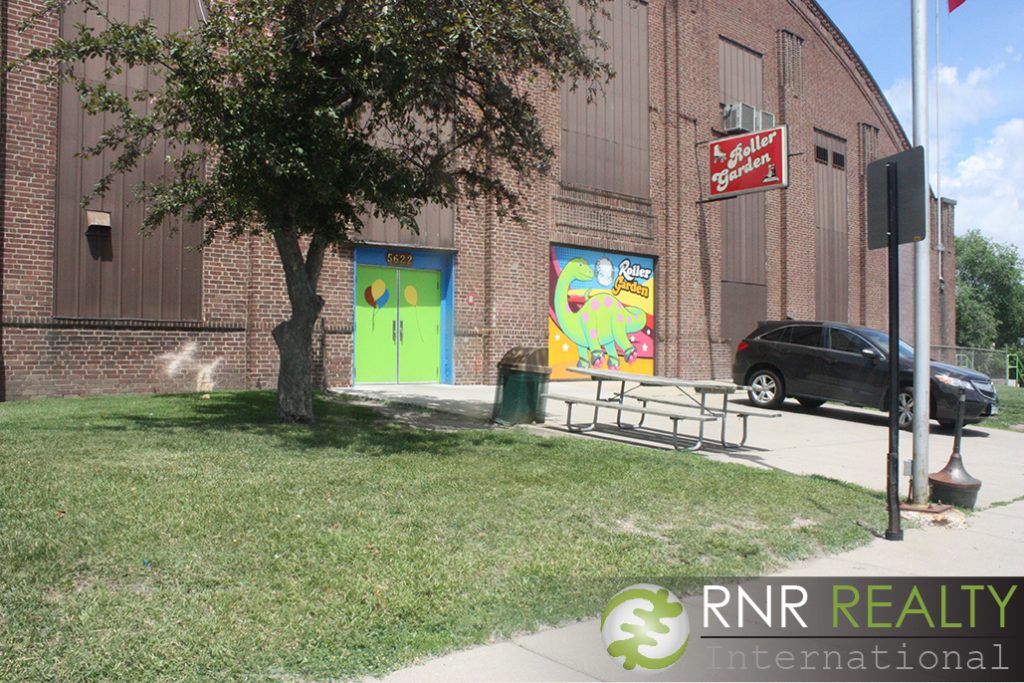Brooklyn Center, a first-ring suburb of Minneapolis and a southern neighbor of Brooklyn Park, is a city with a diverse array of employment opportunities, recreational activities, ethnic eateries, and worship centers. As one of the largest and most diverse cities in Hennepin County, the city is now home to more than 30,000 people.
A small farming community until the 1950s, Brooklyn Center experienced much of its growth during the post-war housing boom, evident in the abundance of well-priced ranches and ramblers. However, that attractiveness has led to a tight market – at the moment, the city has only 1.6 months real estate supply, almost a month less than the metro area as a whole (Fig. 1, above). This is consistent with the Twin Cities trend of low inventory, resulting in increasing sales prices (Fig. 2, below).
Still, though Brooklyn Center has seen nearly a 40% increase in sales prices over the last three years, the city continues to have some of the lowest monthly payments in the metro. There are also multiple home purchase and rehab programs in place that can aid potential homebuyers and current homeowners. Whether you’re looking for a quaint starter home or a uniquely gorgeous waterfront property, you can find it in Brooklyn Center.
A perhaps surprising factor that has contributed to the limited housing inventory? Residents’ pride in and satisfaction with the city has increased by 38% since 2009, due to improved civic and social services. When residents are happy, they tend to stay put in their homes longer and encourage friends and family to move there as well, thus creating more competition for fewer available houses. Watch the video below for more info on the results of the recent resident’s survey.
Several prominent companies are located in Brooklyn Center, providing convenience for those who live in the area and prefer a short commute. Caribou Coffee established their headquarters at 3900 Lake Breeze Avenue in 2004 and currently has about 200 employees at that address. The 125,000 sq.ft. facilities house the company’s roasting operations, administrative offices, and a large warehouse.
Another beverage company that has a presence in Brooklyn Center is Surly Brewing. Long before Prospect Park’s Brewery and Beer Hall was even a twinkle in founder Omar Ansari’s eyes, he opened the original brewery on Dusharme Drive. After the so-called “Surly Bill” was passed in 2013, allowing breweries to sell their product on site, a taproom was added to the venue and it became a local destination for craft beer enthusiasts. Although this location is no longer open to the public for tours or purchases, it still operates as a brewery.
If you’d prefer an old-fashioned malt over a latte or a cold pint, then you have to try The 50’s Grill. With 28 tantalizing offerings, it’s easy to see how this small throwback diner could have served more than two million shakes since opening over 25 years ago. Other nostalgic nosh that’ll get you right in the ‘50s feels include just-like-Grandma’s meatloaf, patty melts, and handmade pies.
Obviously Brooklyn Center has Americana down pat. But what about ethnic eateries? Well, BC has got you covered on that front as well. From authentic Kenyan and Liberian cuisine to Jamaican and Caribbean, from Indian to Vietnamese and Thai, even Greek-American fusion, there truly is an option to whet your whistle, no matter what you are craving. We’d expect nothing less from one of Minnesota’s most diverse cities!
Speaking of having a lot of choices, let’s turn to education – did you know there are FOUR school districts serving Brooklyn Center? This phenomenon is a result of decisions made during the area’s rural past in the 1800s, long before Brooklyn Center became a village or the city it is today. Currently, the only district entirely encompassed within the city is ISD 286, which is one of the area’s biggest employers. One school in the district, Brooklyn Center High, is seen as a model full-service community school, offering services such as a food shelf, legal counsel, and more. These services benefit not only students but their families as well, and have led to increased attendance and graduation rates. Watch this video to learn more about all of the services provided by this school and others like it in the community.
Beyond the school walls, there are many other opportunities for family fun and recreation. For example, Brookdale Library – which originally opened in 1981, underwent renovation in 2002-03, and re-opened in 2004 – is a favorite gathering space for families and community happenings. Likewise, the community center is a popular recreational destination, especially because of its Olympic-sized pool. There are also community parks, regional parks, and even an Arboretum for all the outdoor enthusiasts out there!
Brooklyn Center residents love their community activities, and the most beloved of them all is the annual Earle Brown Days Festival. Held the last weekend of June, this event is now in its 35th year! It was named after Earle Brown, the founder of the Minnesota State Patrol and first Sheriff of Hennepin County. Festivities include a parade up Dupont Avenue, a community market, music, and a fireworks display.
Another landmark named after the Brooklyn Center celebrity is the Earle Brown Heritage Center, which plays host to hundreds of events throughout the year, including weddings, business meetings, and something called The Chef Experience. With several nearby hotels, this is a very convenient location for large conferences and celebrations.
Just a quick drive down Shingle Creek Parkway will take you to the aptly named Shingle Creek Crossing, the shopping area that replaced Brookdale Center. Taking over the site of the Twin Cities’ third mall – which proudly served Brooklyn Center for nearly 50 years before its demise in 2010 – is no easy feat, but Shingle Creek is doing its best to satisfy the needs of BC residents. As the retail hub of the city, it features national retailers and just about every fast food spot you can think of. It certainly looks a lot different than it did when the area was first developed in the 1960s! While Dayton’s had been the anchor store for many years, subsequent retailers have each done their part to attract shoppers. The next store looking to be a key presence at Shingle Creek Crossing: Hom Furniture, slated to take over the old Kohl’s building at the corner of Bass Lake Road and Highway 100.
Other areas are ripe for revitalization as well. Former NBA star and hometown hero Devean George is aiming to bring a mixed-use development (mostly market-rate apartments) to the site previously occupied by Brookdale Ford. Meanwhile, new Senior Housing will be opening later this summer along 69th Avenue.
The Regal Cinema (seen above) is surely a familiar sight for all who pass the intersection of I-694 and Hwy. 252. Well, take one last good look at it, because by summer it will be gone, to be replaced with the Twin Cities’ new premier Topgolf destination. City officials and developers hope that the “high-tech all-season golf center” will attract thousands of visitors and new residents, especially millennials, to the first-tier suburb.
All these changes mean more people will be spending time in Brooklyn Center, which calls for better transit options. While the suburb is already relatively well connected to Downtown Minneapolis via public transportation, it will soon be even more accessible with the Blue Line light rail extension, which will have several stops along the western border. Until that project is finished in 2021, commuters can look forward to the C-Line, expected to start running in 2019. Portions of I-94 are also currently undergoing roadwork, so if you live in Brooklyn Center and work in the city (or vice versa) and want to avoid the headache of construction season, public transit may be a viable alternative for you.
Lastly, if you have ever driven on Freeway Blvd., we’re sure you have seen a large, imposing black and gray building. Did you know that it is home to the Minneapolis Division of the FBI? This “fortress-like” building has been here for about five years. There are even internships available!

